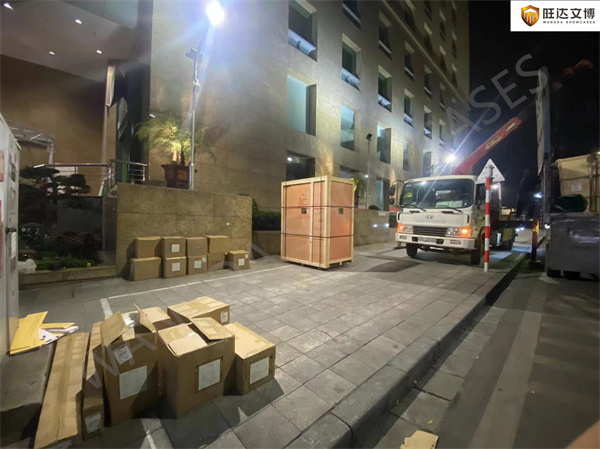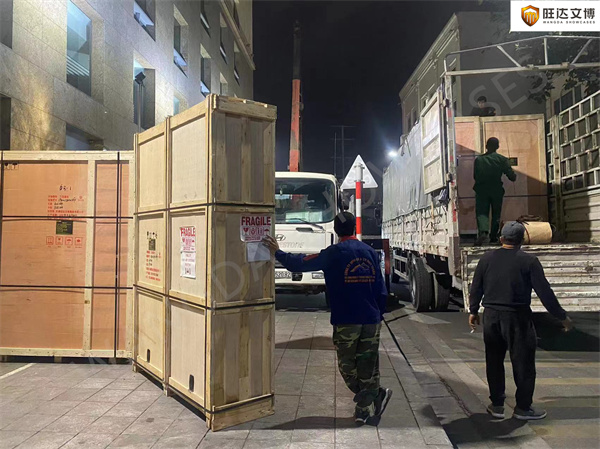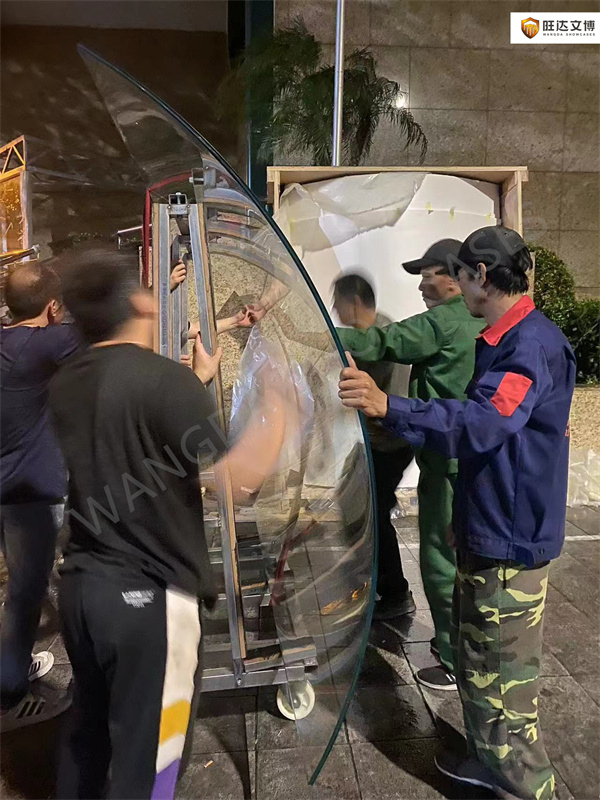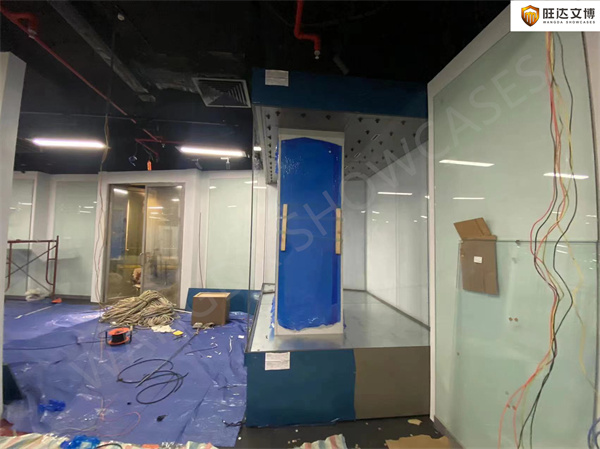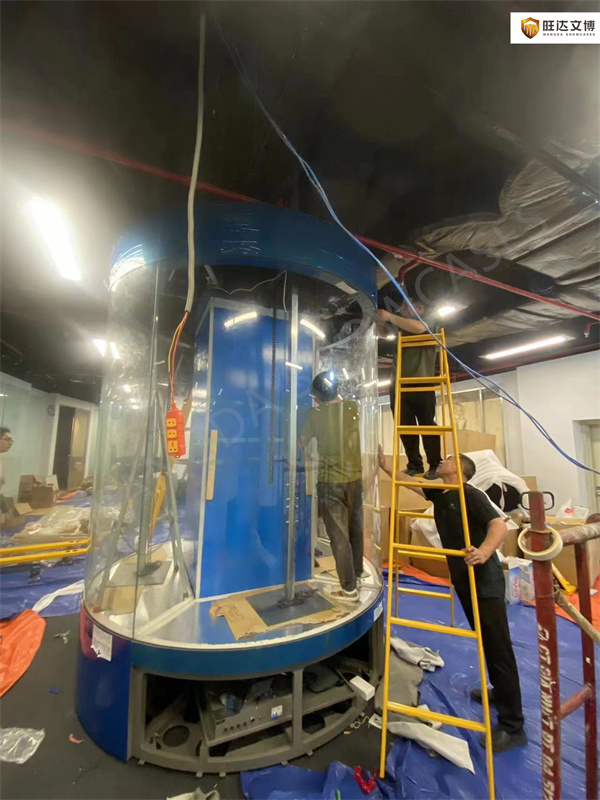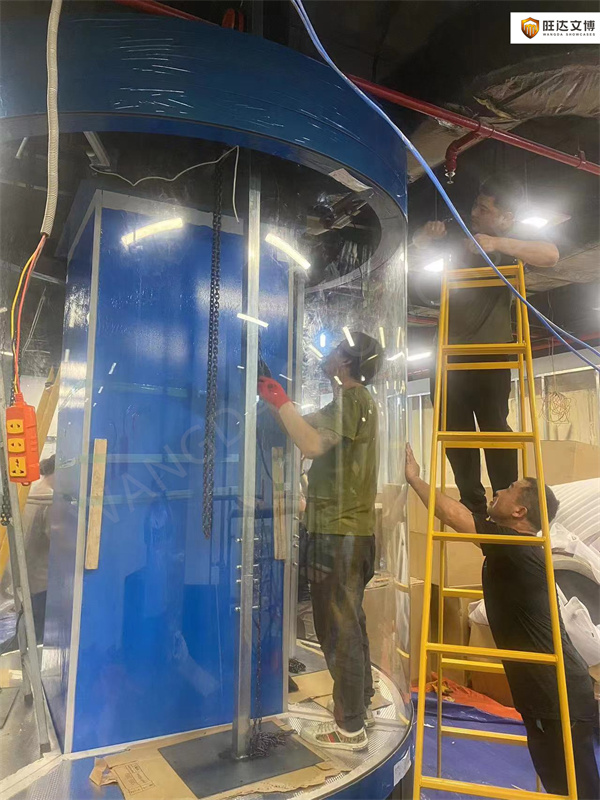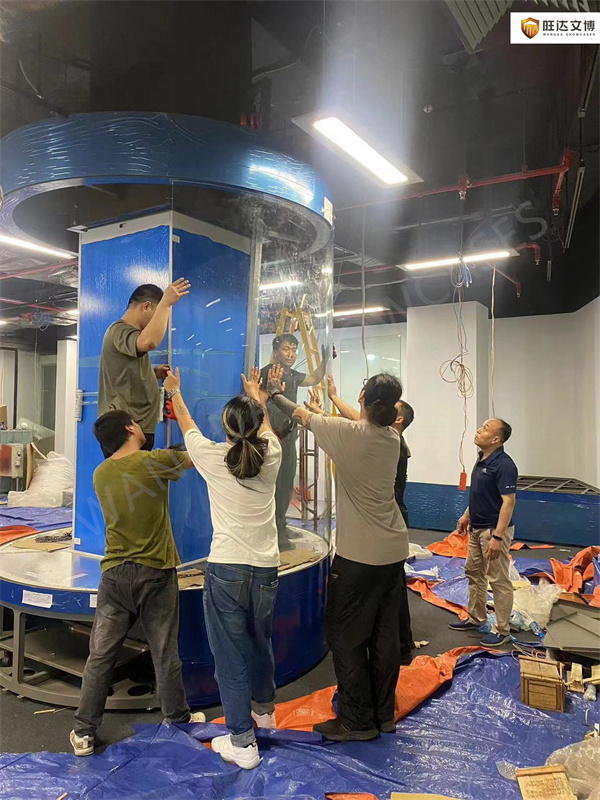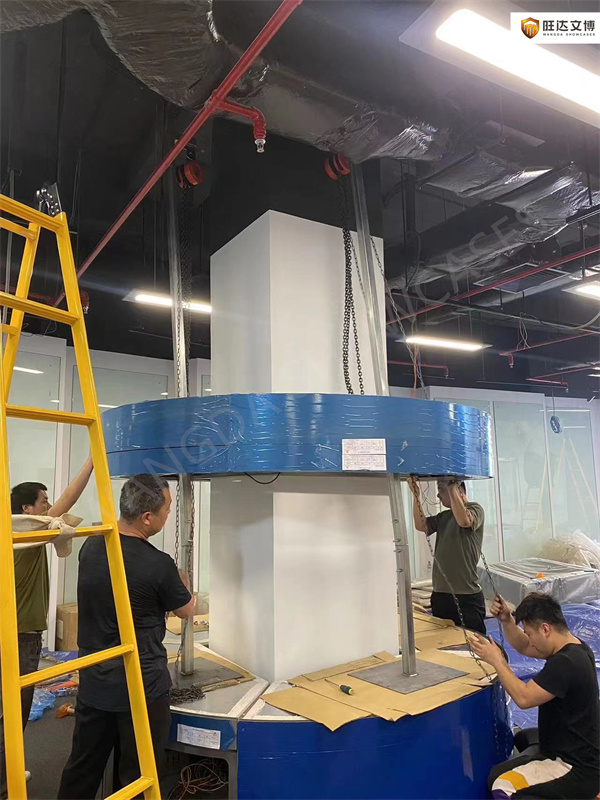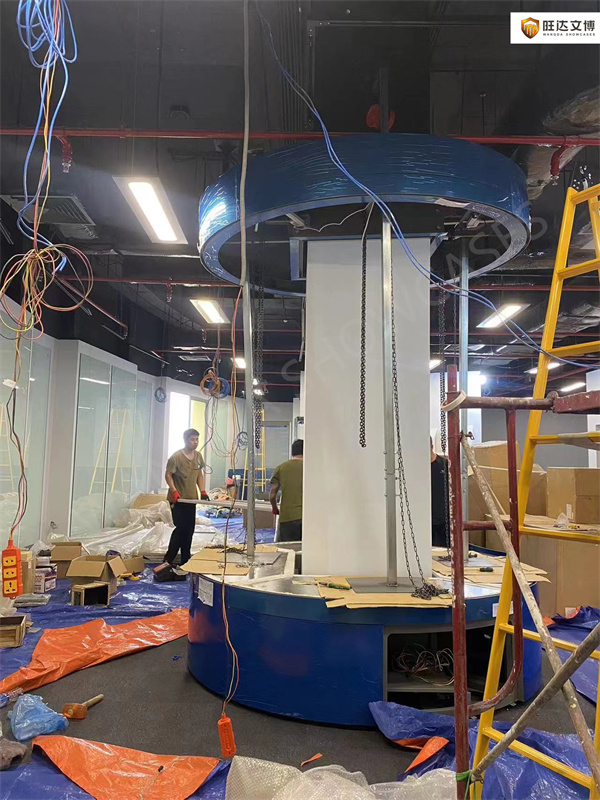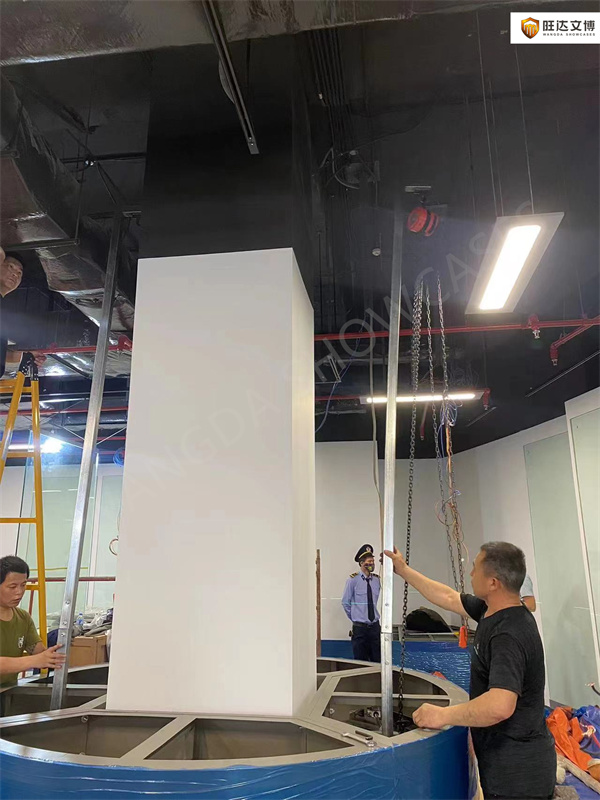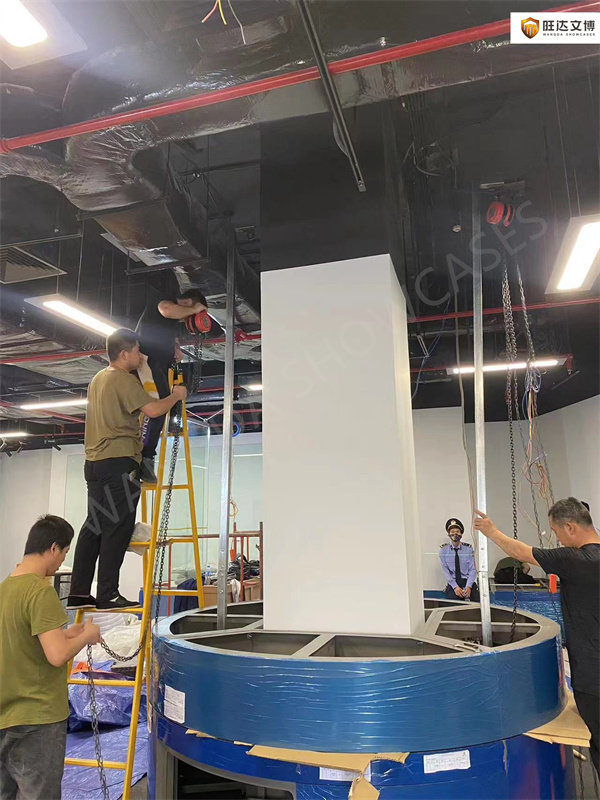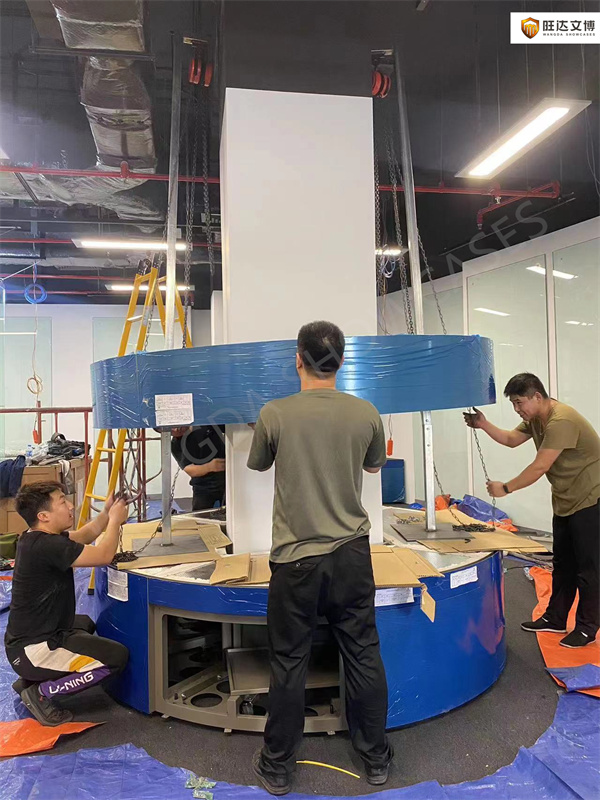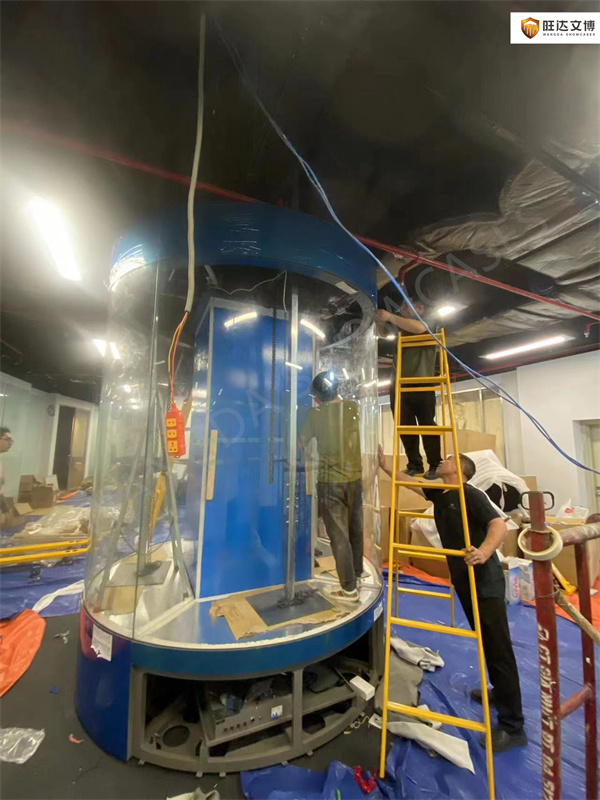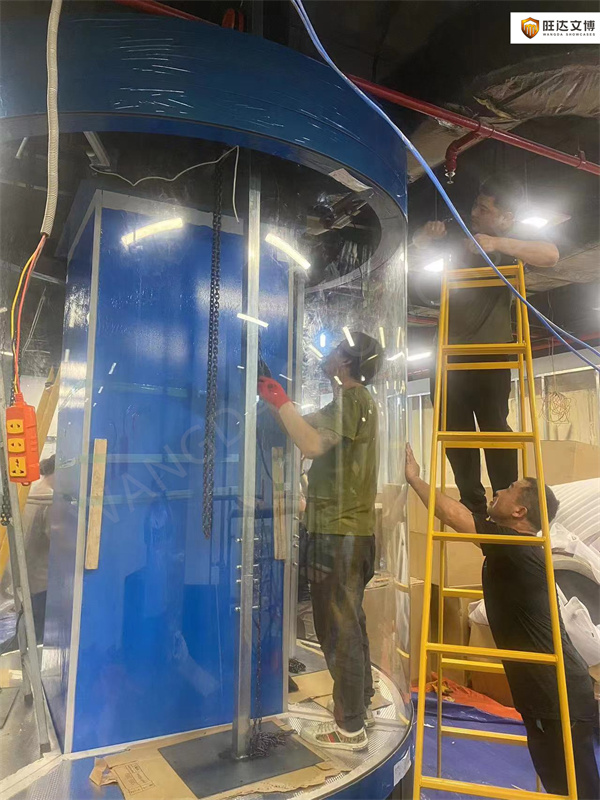Early Feburary in 2024, National Museum of Brunei(Muzium Brunei) carries on acceptance inspection for 82 no.s of conservation grade museum showcases that are customized by WANGDA SHOWCASES.
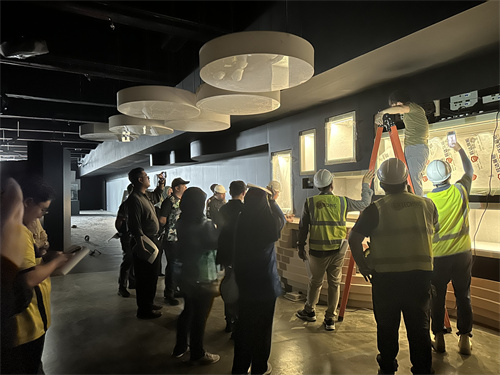
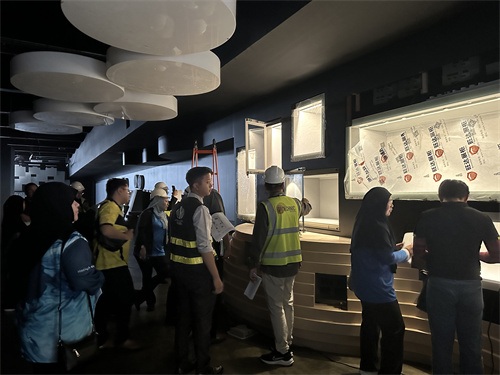
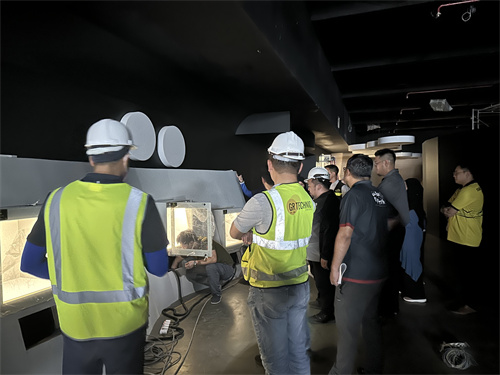
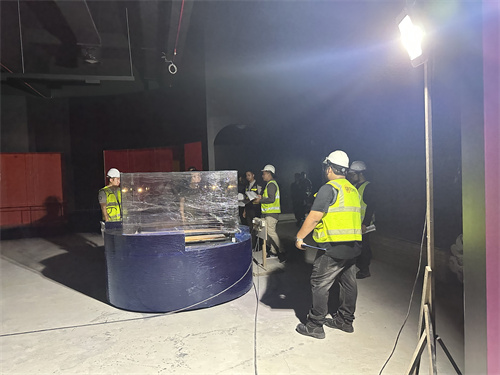
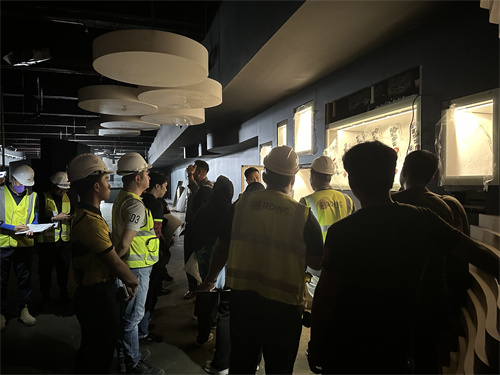
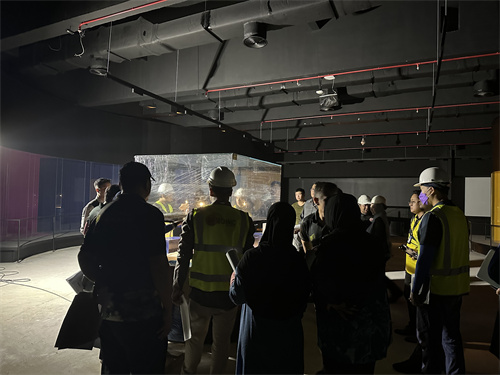
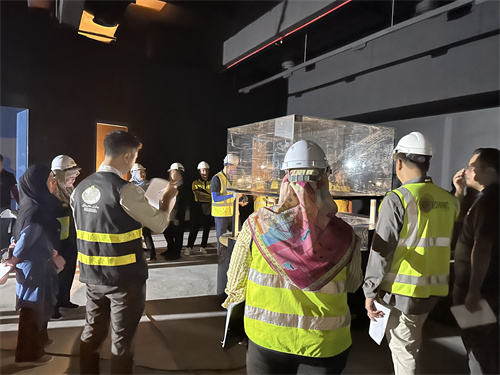
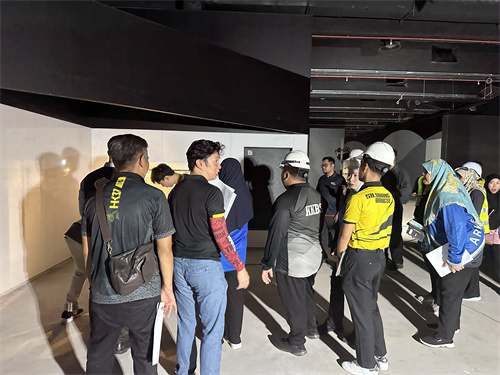
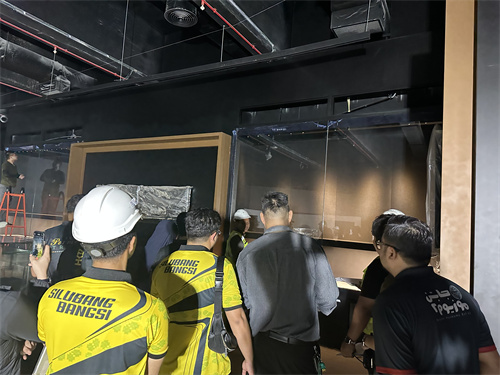
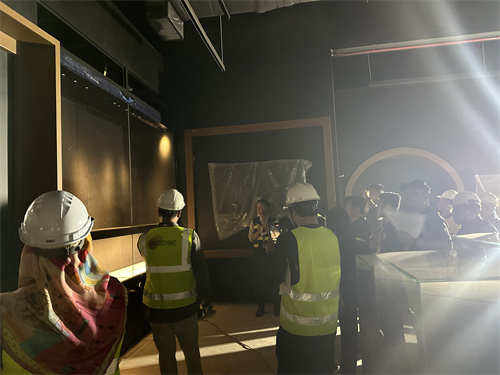
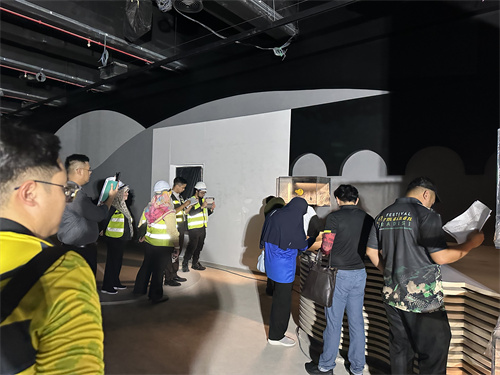
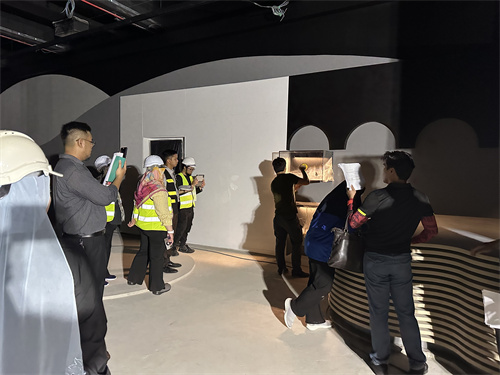

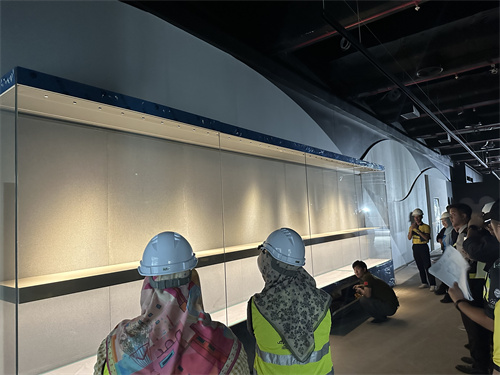
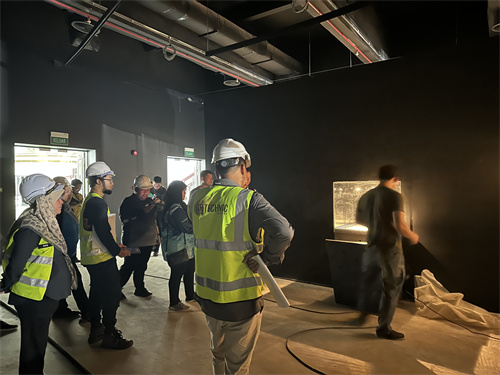
Early Feburary in 2024, National Museum of Brunei(Muzium Brunei) carries on acceptance inspection for 82 no.s of conservation grade museum showcases that are customized by WANGDA SHOWCASES.















Equipped with customized museum showcases from WANGDA SHOWCASES, the Engraving Printing Hall of Palace Museum is unveiled and debuts to the public on 31th. October, 2023. Over 15000 rare and priceless collections relevant to ancient engraving printing are exhibited in a warehouse style in the Engraving Printing Hall that is located in Chonglou and Chaofang in the southeast of Taihe Gate in Palace Museum. Since the establishment of the Palace Museum, it’s the first time to hold such a thematic exhibition.
In order to integrate museum showcases harmoniously with the ancient engraving printing collections and highlight exhibits with less visual attraction by museum showcases themselves, WANGDA SHOWCASES custom-built all the high-end museum showcases with wood-look finish in the same style of ancient wood engraving patterns.
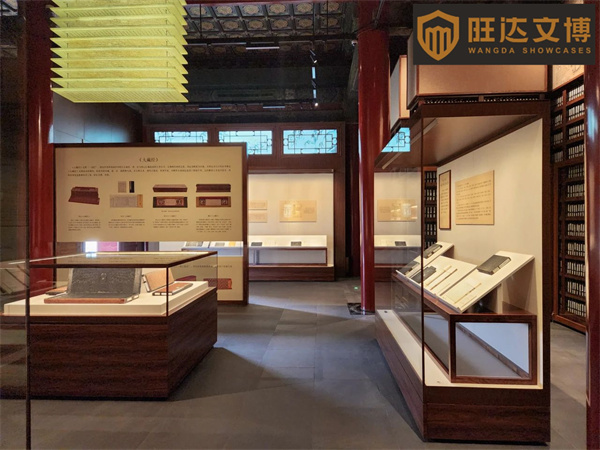
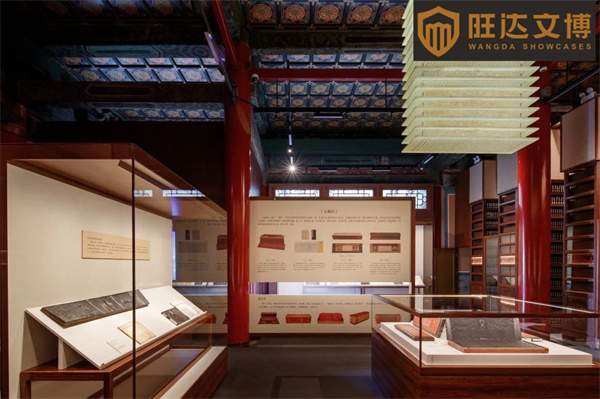
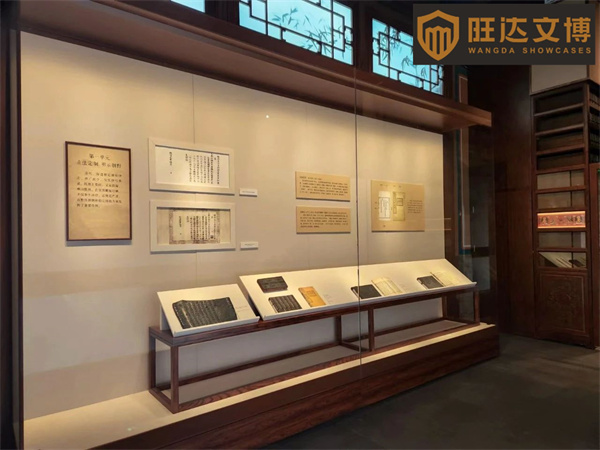
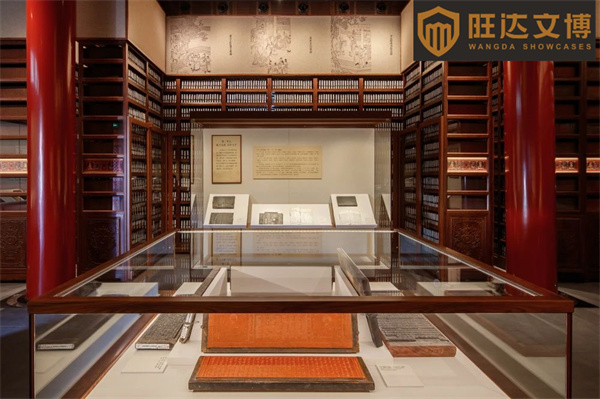
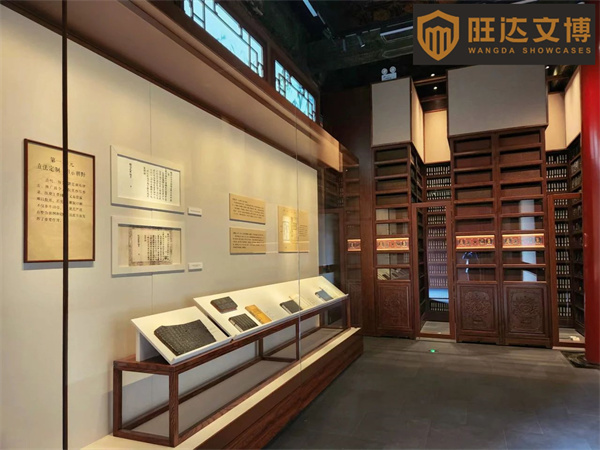
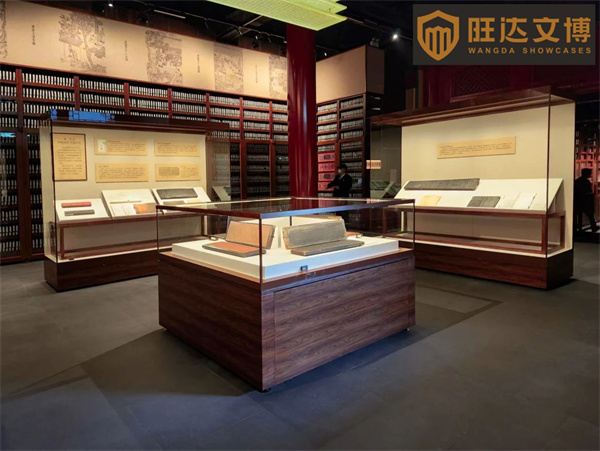
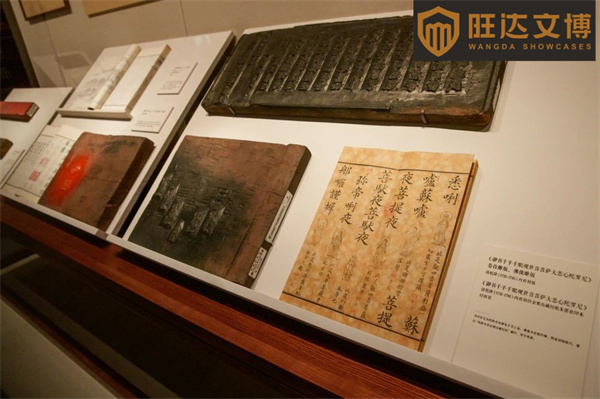
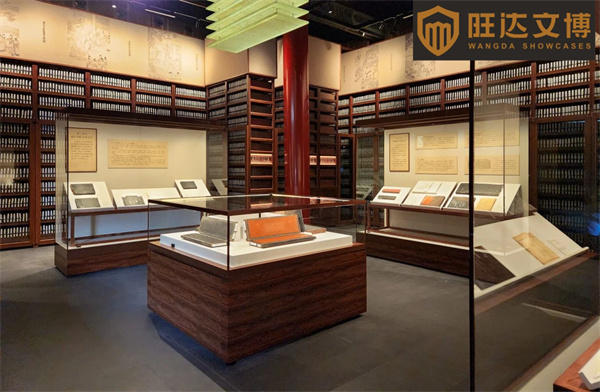
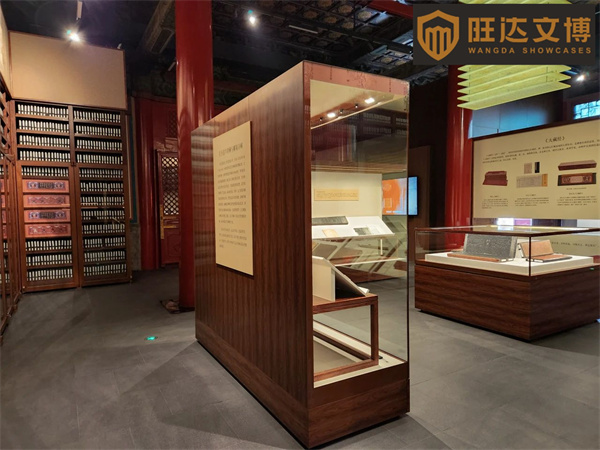
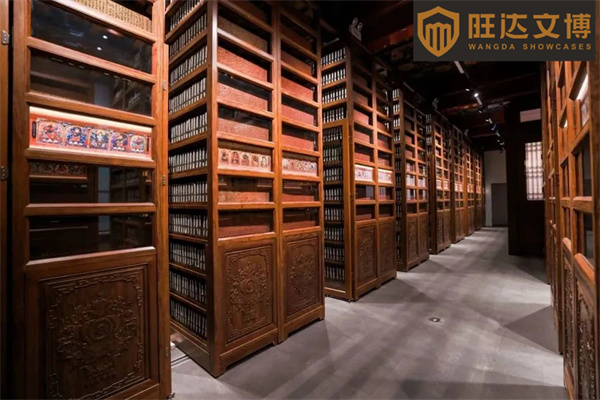
WANGDA SHOWCASES is awarded with the contract of museum showcase project for National Grand Theatre of China. For the East Exhibition Hall of National Grand Theatre in Beijing, WANGDA SHOWCASES will customize all the high-end museum showcases with anti-reflective glass for ultra clear display space and with active micro-climate control system to monitor and control internal temperature and humidity within display volume.
National Grand Theatre of China is a curved building, with a total surface area of 149,500 square meters, that emerges like an island at the center of a lake. The titanium shell is in the shape of a super ellipsoid with a maximum span of 213 meters, a minimum span of 144 meters and a height of 46 meters). It is divided in two by a curved glass covering, 100 meters wide at the base.
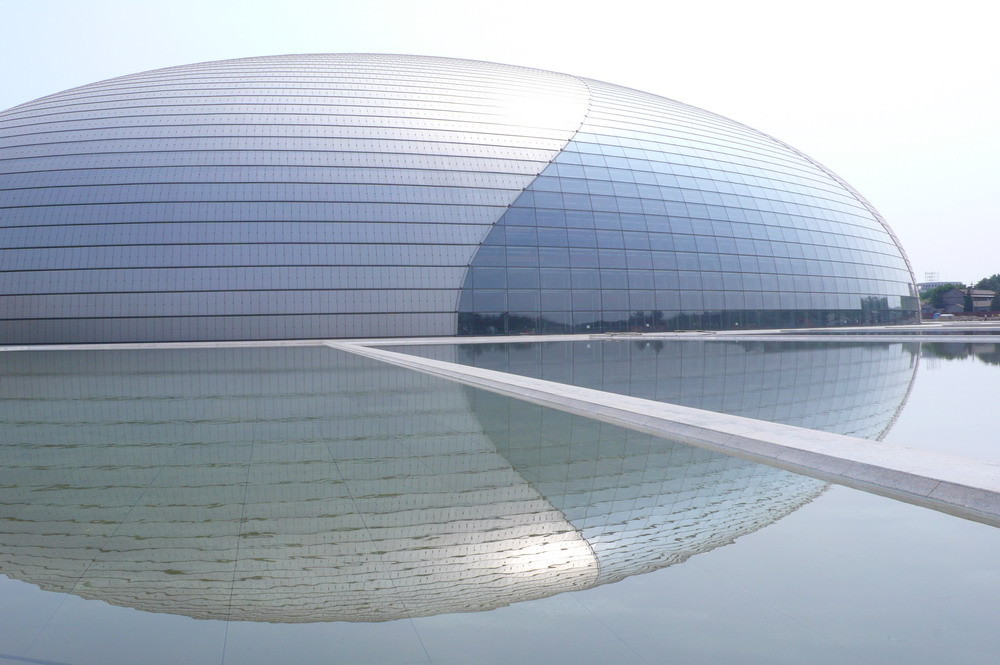
To enrich exhibition styles, WANGDA SHOWCASES leads AI technology into the museum showcases. With ultra thin and soft OLED screens combined perfectly with ultra clear glass panels, internally supported by integrated AI softwares, the museum showcases from WANGDA SHOWCASES can clearly convey the full information of ancient artifacts to the audience and allow to intuitively tell the story behind the collections in the form of AR display affect. Such new museum showcases are featured with the cutting-edge function of touch interaction and AR linkage, able to interprete the true meaning of ancient histories on “glass” and to bring the ancient stories alive. For telling the historical traces of historicial artifacts and literature on a large scale, multiple OLED screens can be seamlessly spliced along glass panels.
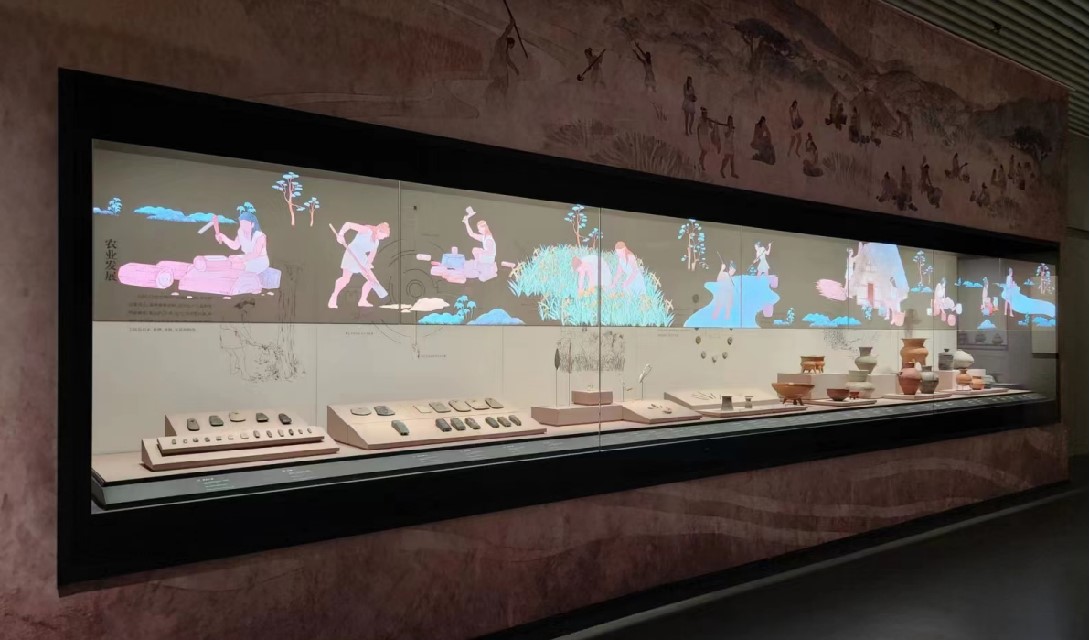
On 02nd June,2003, President Xi of PRC paid a field survey to Chinese Academy of History and had a full view on all the valuable historical artifacts symbolizing great history and development of China. All the high-end museum grade display cases were customized and installed by WANGDA SHOWCASES at the end of 2019.
The Chinese Academy of History is a national historical research institution affiliated to the Chinese Academy of Social Sciences. It was established in Beijing on January 3, 2019 and its main responsibilities are to coordinate and guide the national historical research work, integrate resources and strength to formulate a new era Chinese history research plan, and organize the implementation of major academic projects of national history. Since its establishment, the Chinese Academy of History has organized and carried out a series of national level major scientific research projects and academic projects, achieving a number of high-quality results that are worthy of recognition.

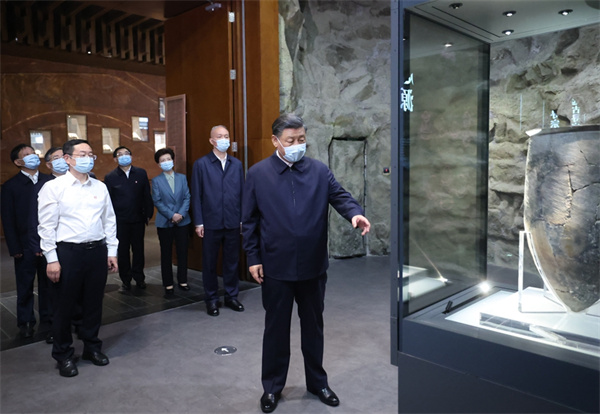
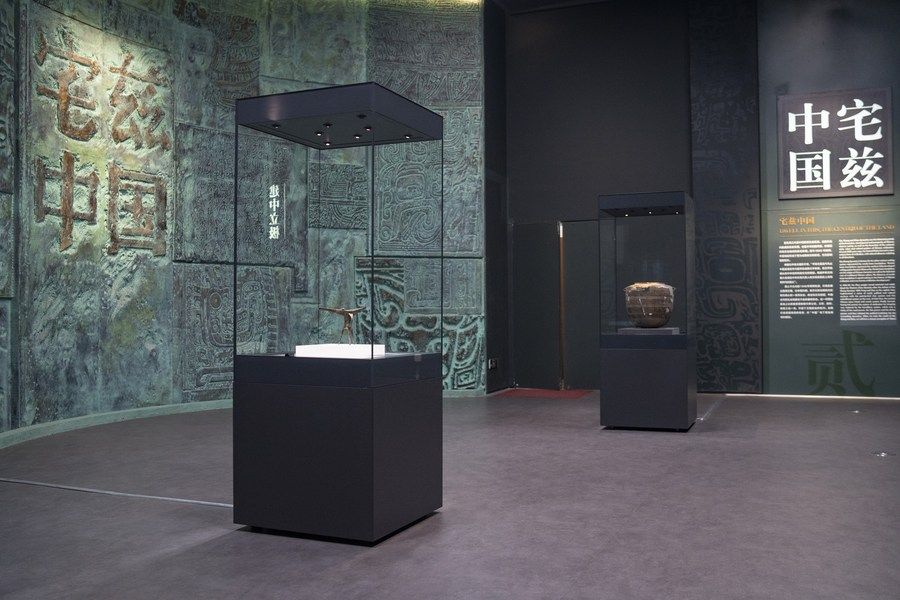
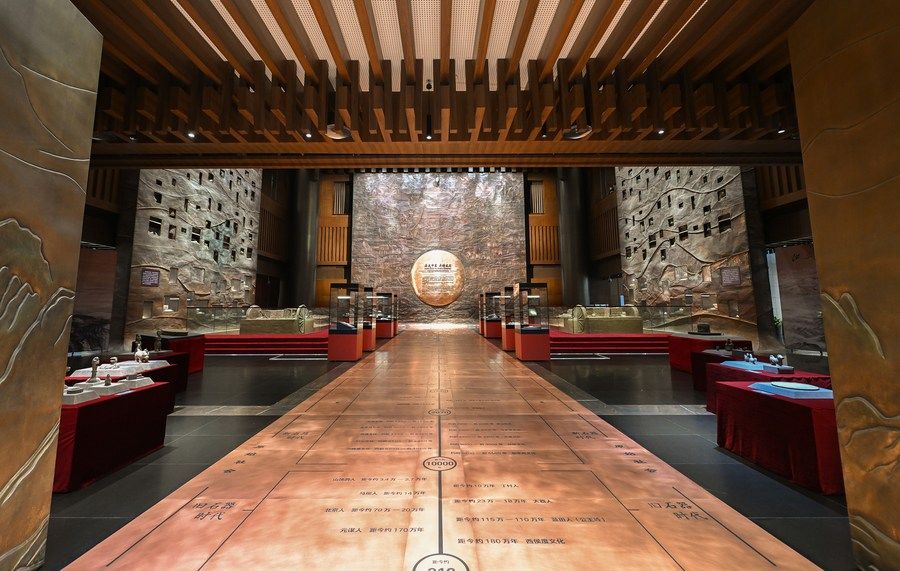
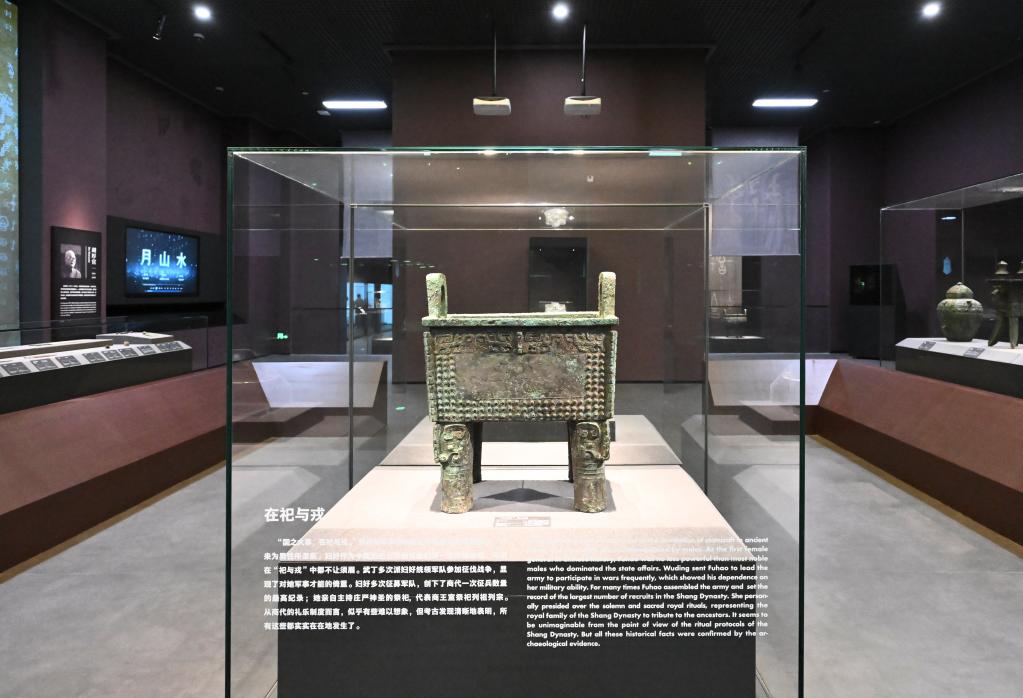
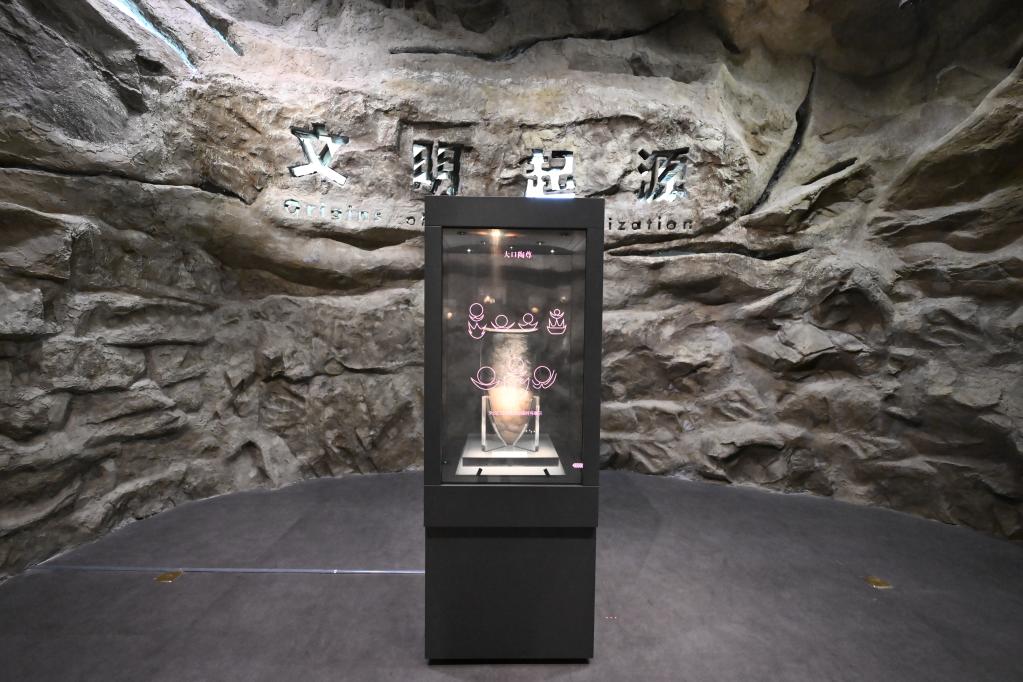

Hubei Provincial Museum opens to the public. WANGDA SHOWCASES custom-built all the museum display cases/museum showcases for Hubei Provincial Museum. All the museum showcases/museum display cases are tailored with anti-reflective glass and robust steel structure.
The Hubei Provincial Museum (Chinese: 湖北省博物馆) is one of the best known museums in China, with a large amount of state-level historic and cultural relics.[1] Established in 1953, the museum moved to its present location in 1960 and gained its present name in 1963. Since 1999 a number of new buildings have been added. The museum received 1,992,512 visitors in 2017.[2]
The museum is located in the Wuchang District of Wuhan, Hubei Province, not far from the west shore of Wuhan’s East Lake. It has a collection of over 200,000 objects, including the Sword of Goujian, an ancient set of bronze bells (Bianzhong) and extensive artifacts from the Tomb of Marquis Yi of Zeng and the tombs at Baoshan. The particular importance of several of the archaeological items in the museum’s collection has been recognized by the national government by including them into the short list of Chinese cultural relics forbidden to be exhibited abroad.
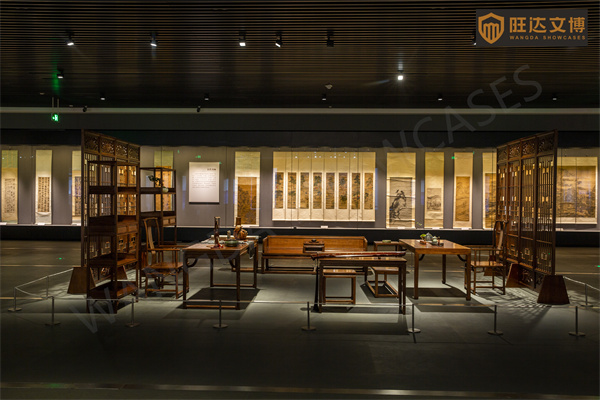
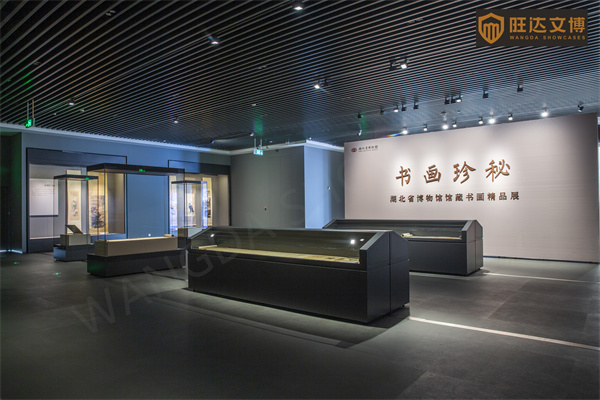 |
| 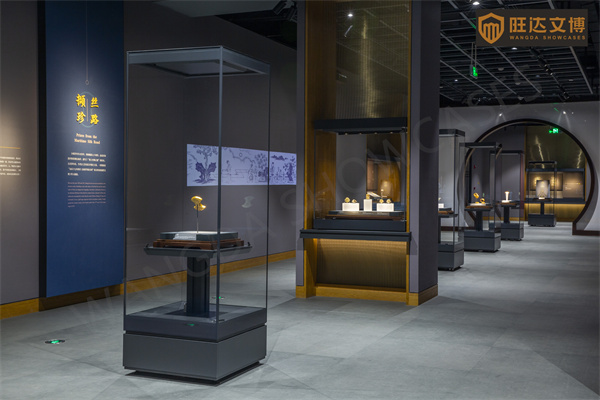 |
|  |
| 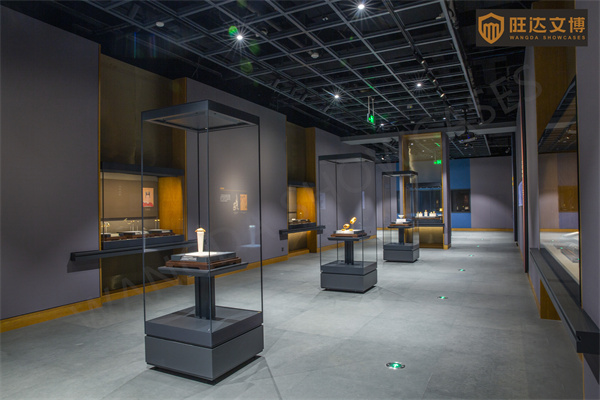 |
| 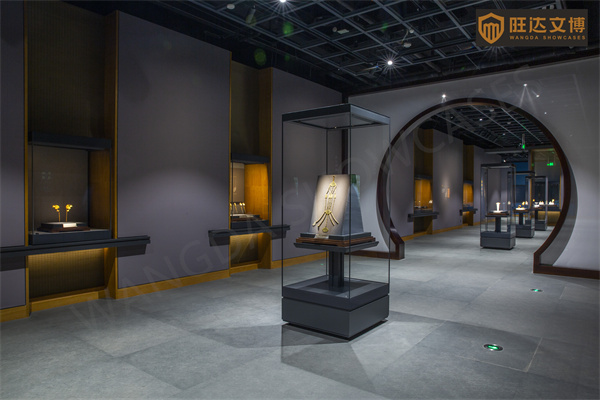 |
| 
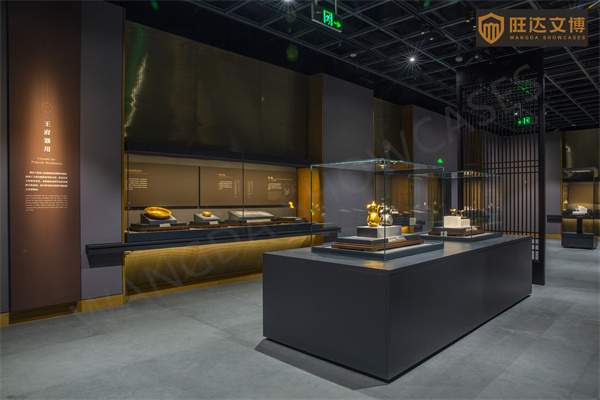
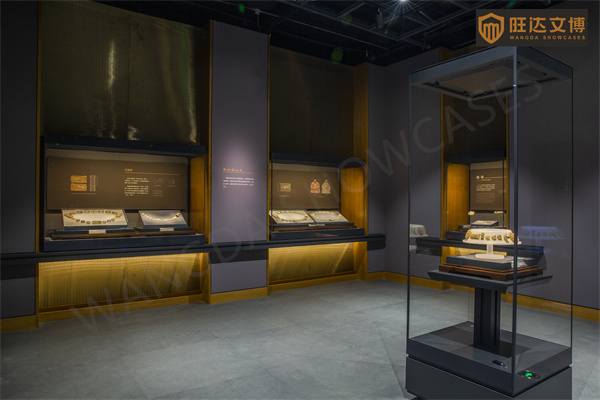
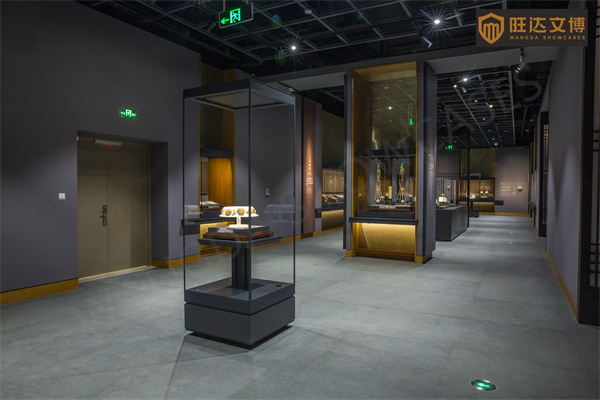
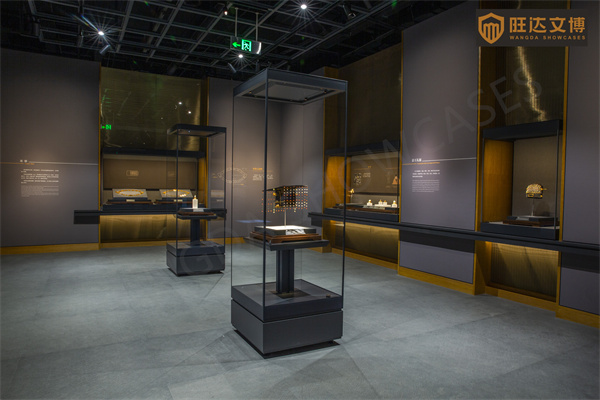
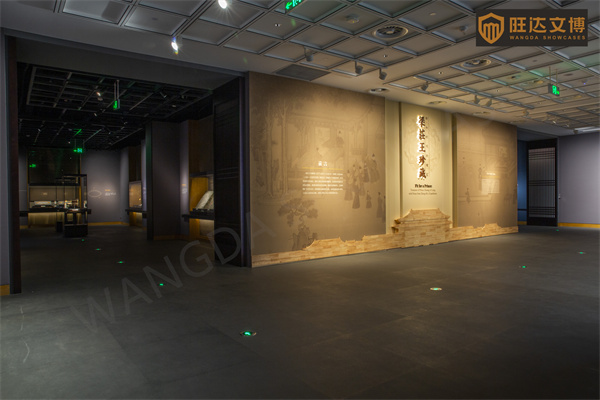
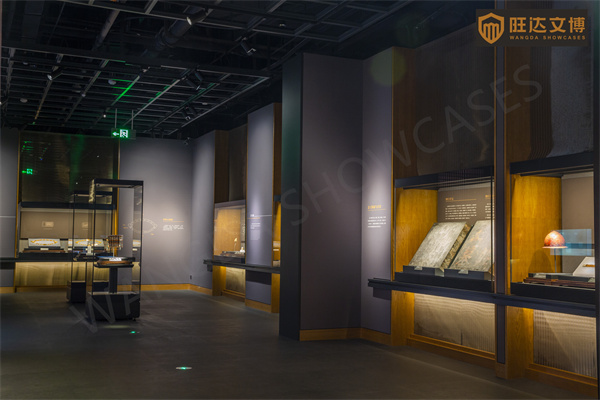
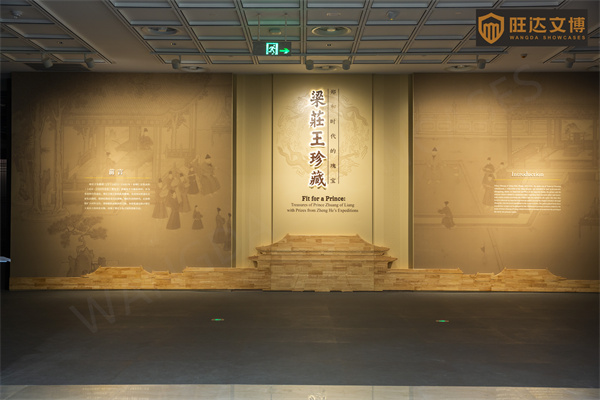
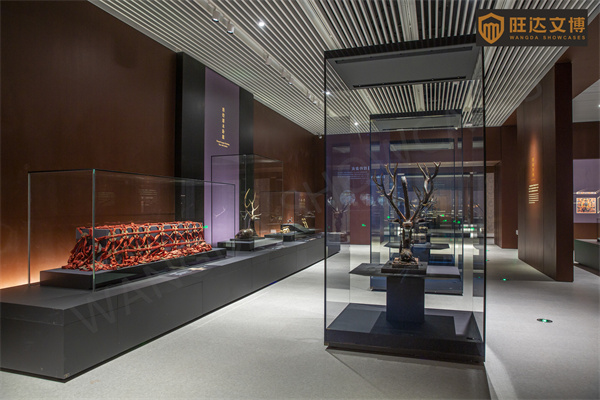
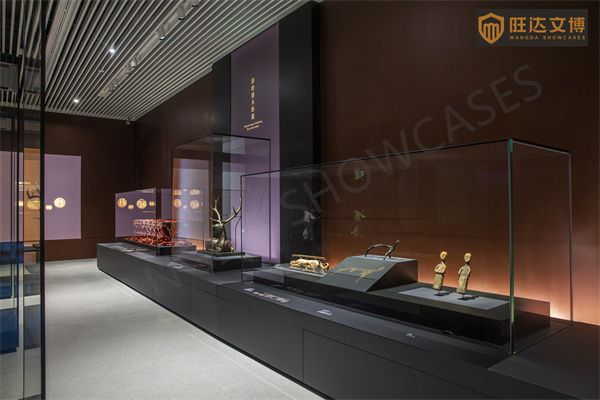
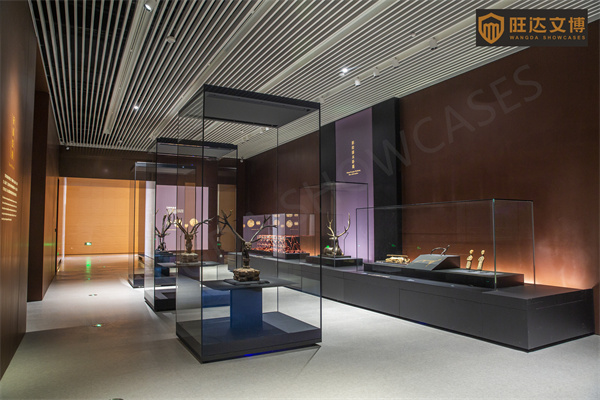
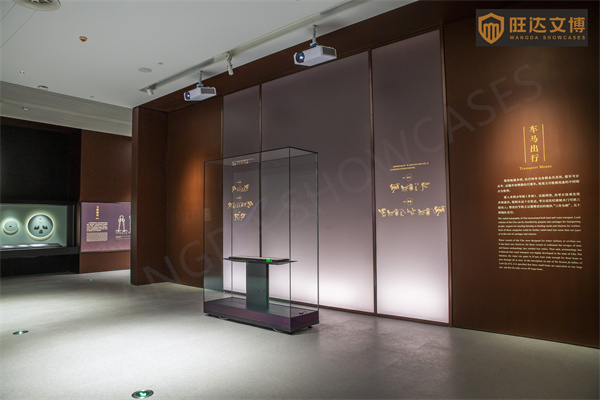
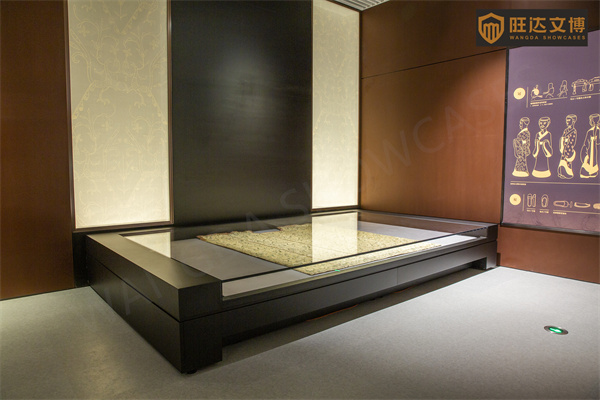
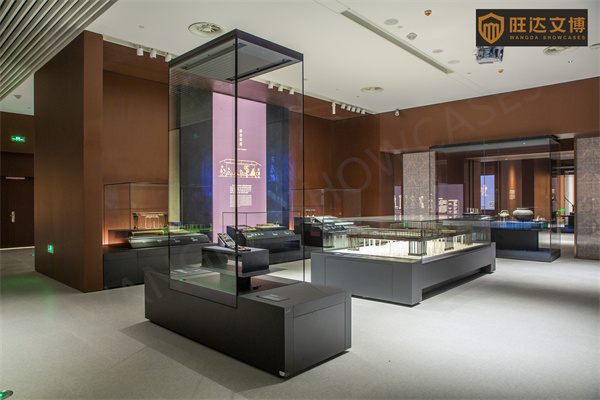
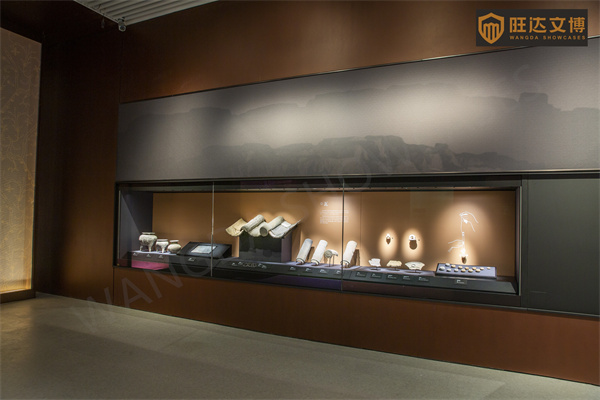
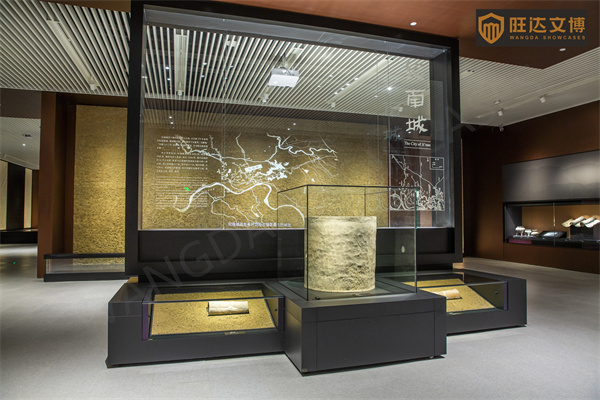
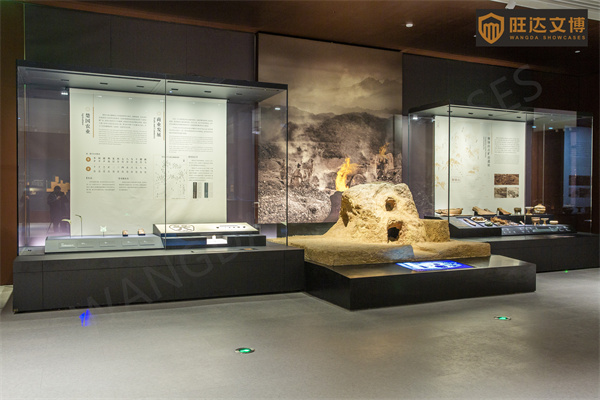
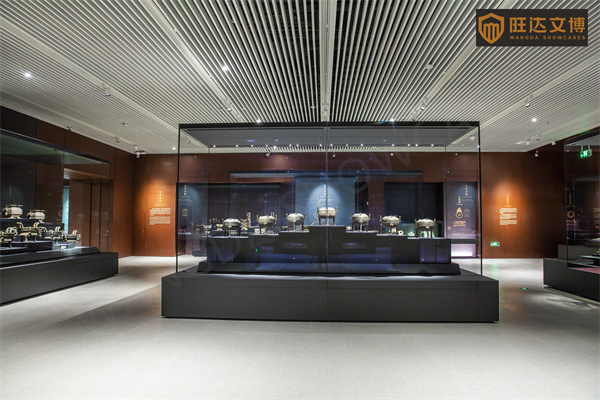
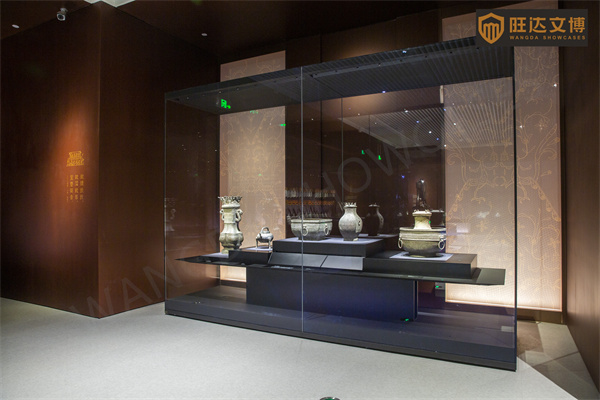
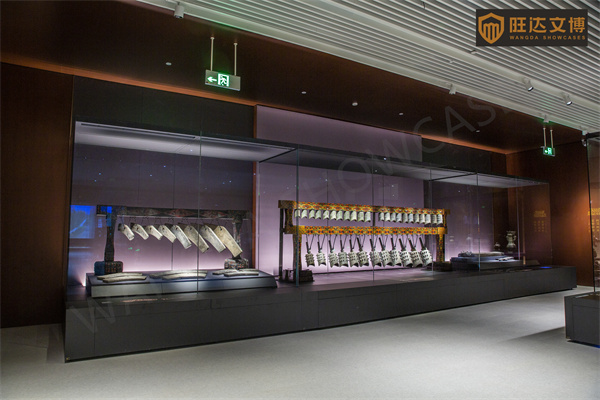

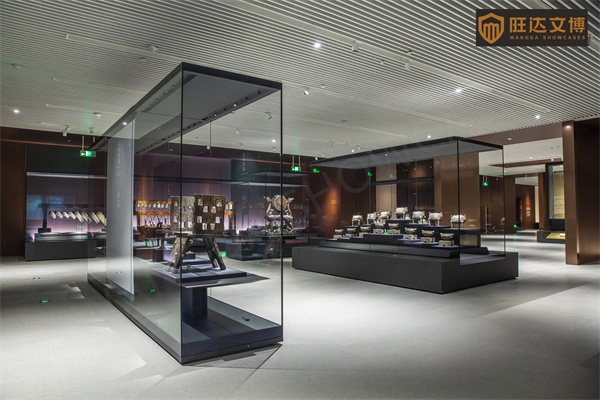
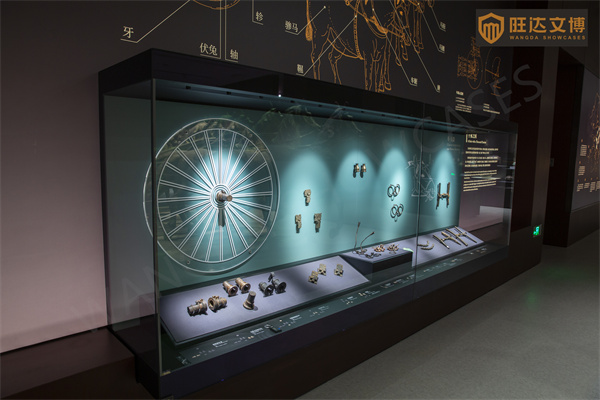
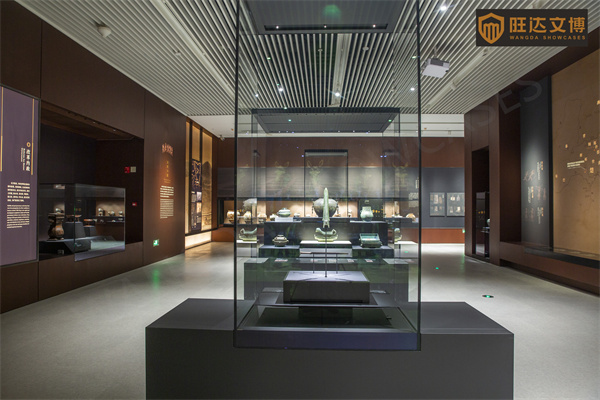
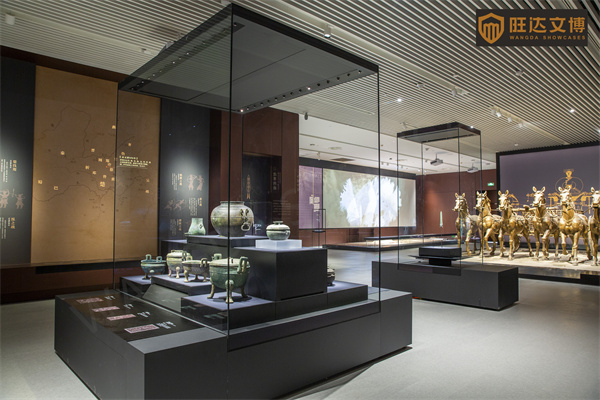
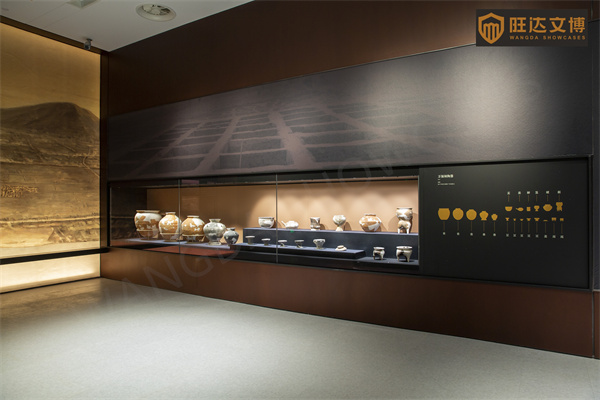
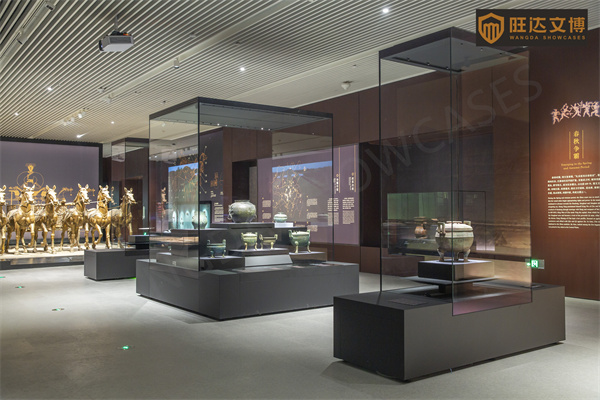
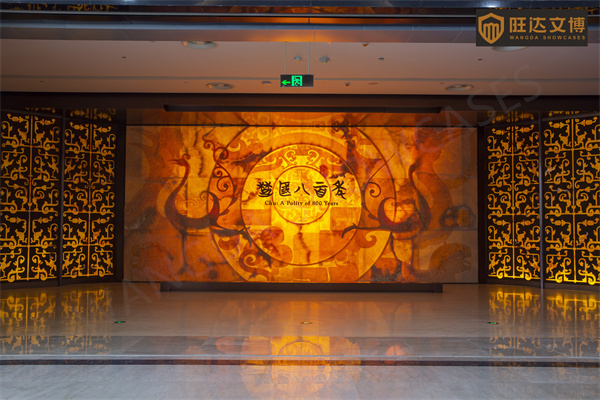
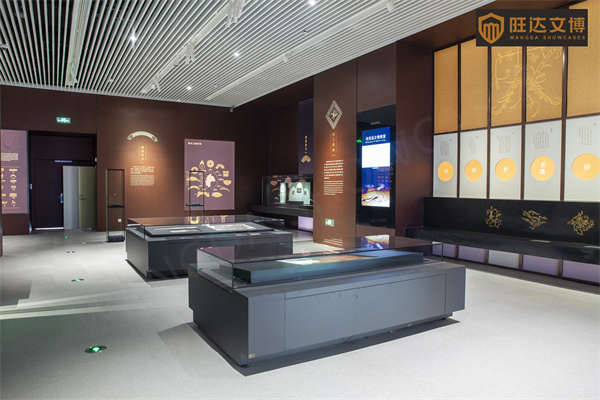
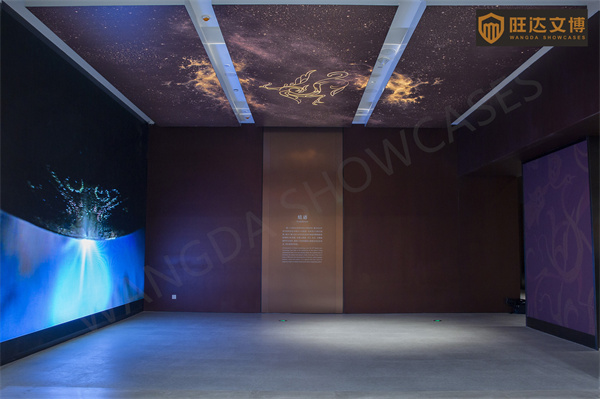
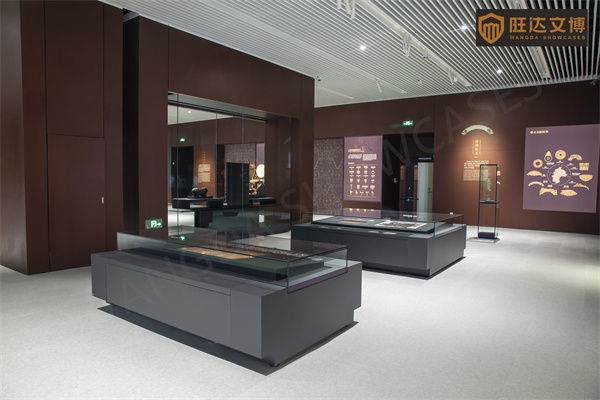
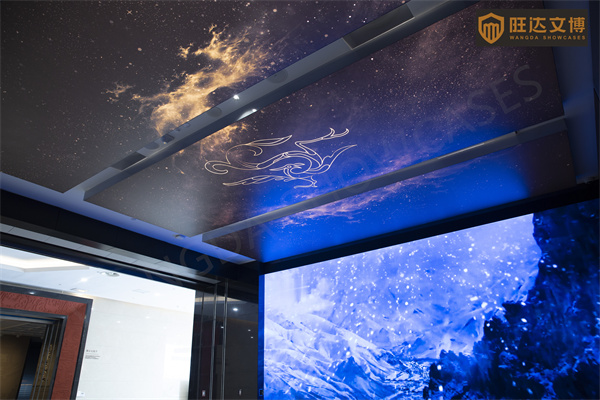
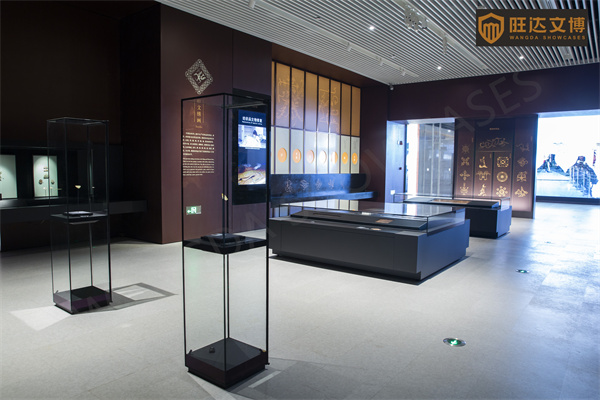
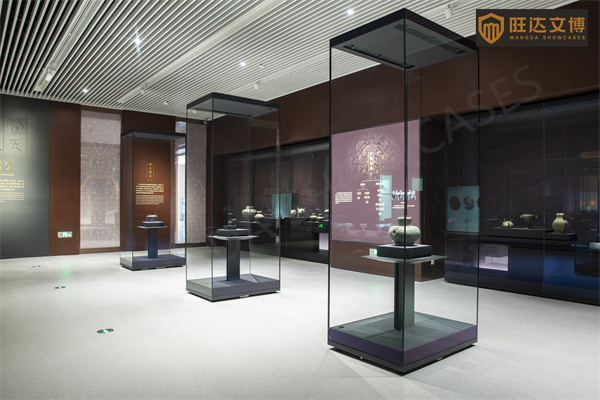
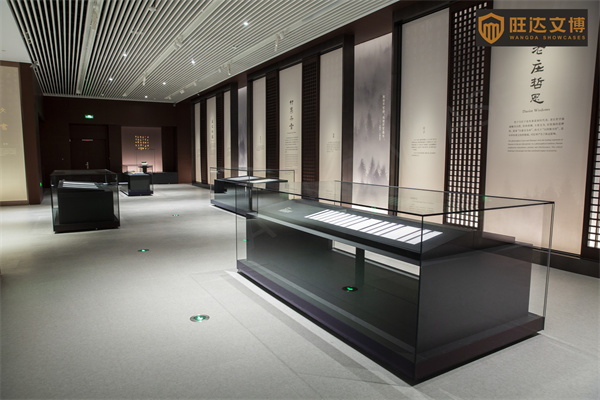
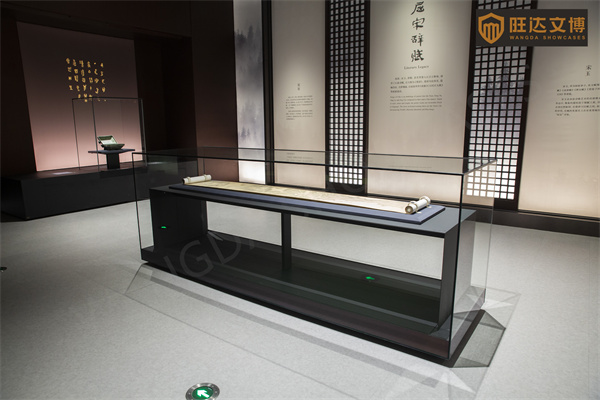
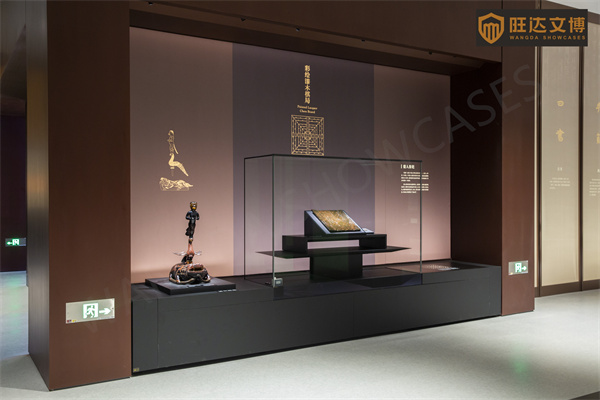
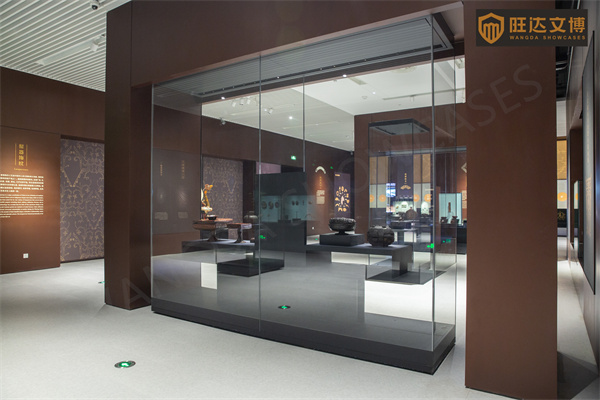
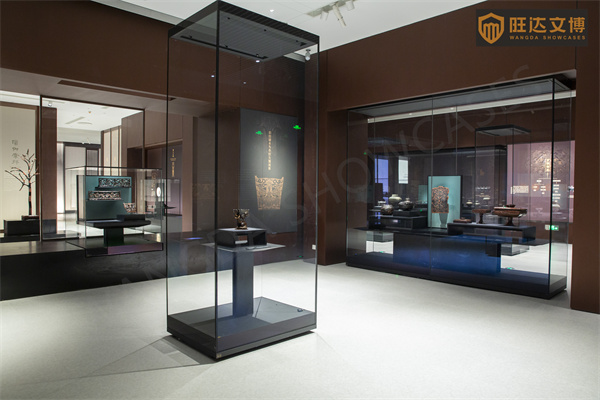
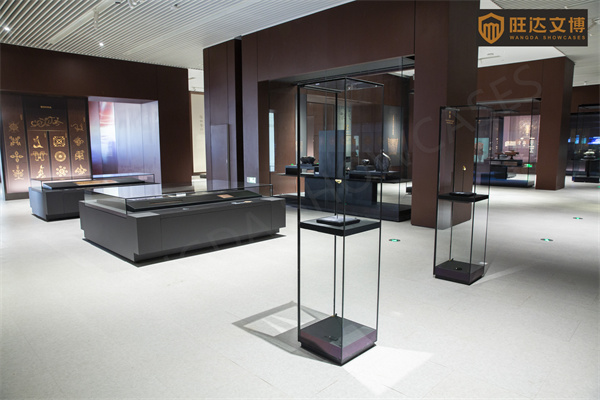
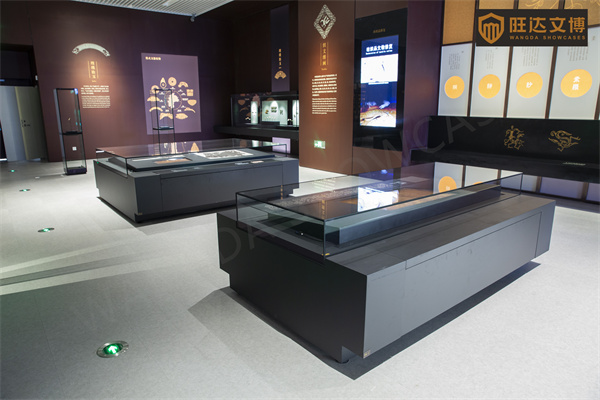
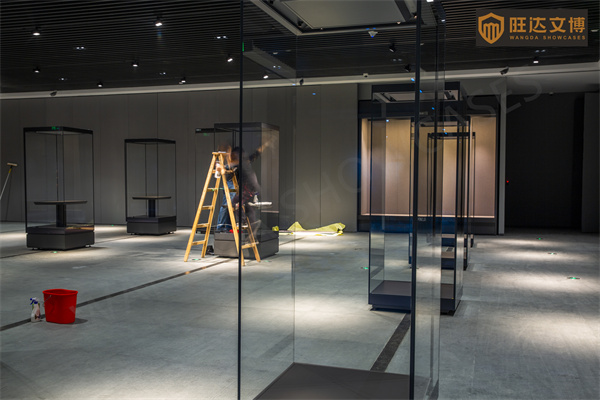
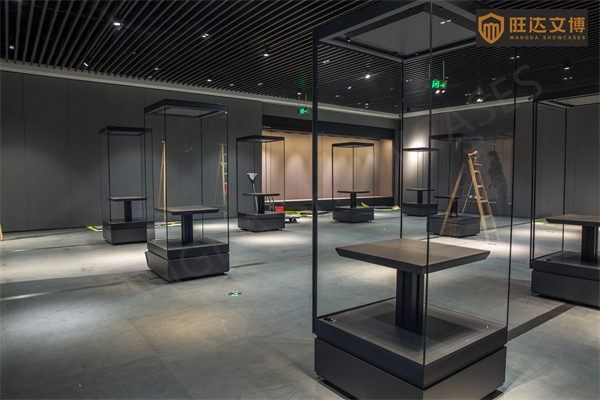
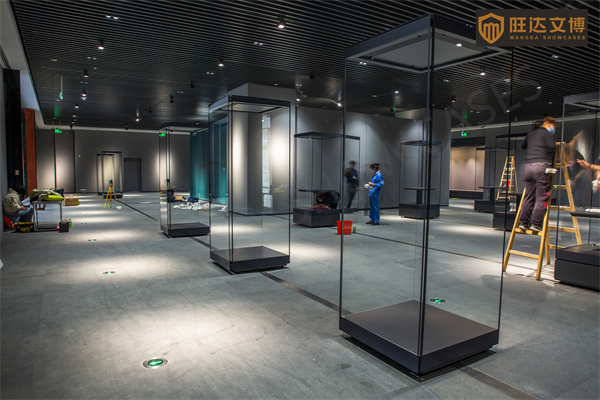
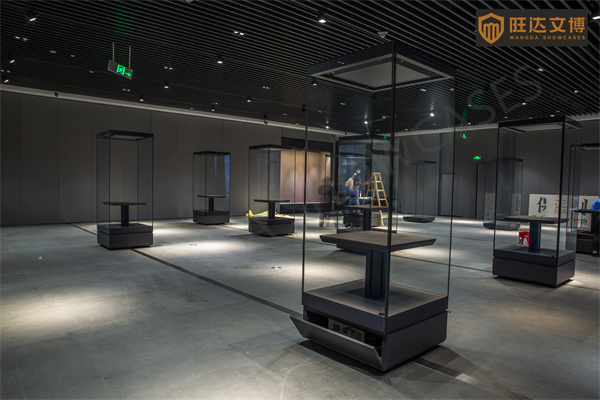
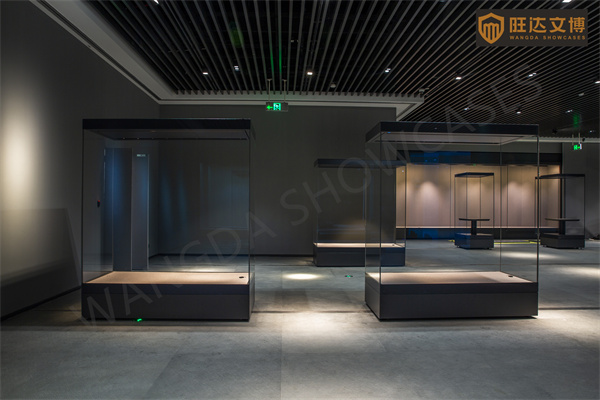
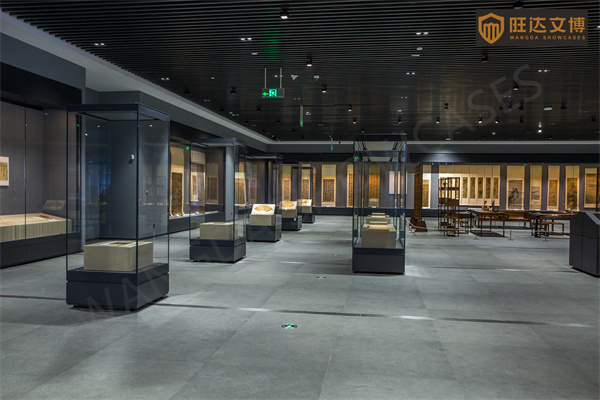
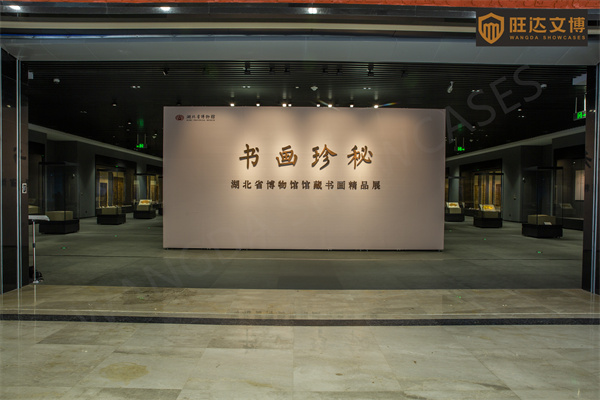
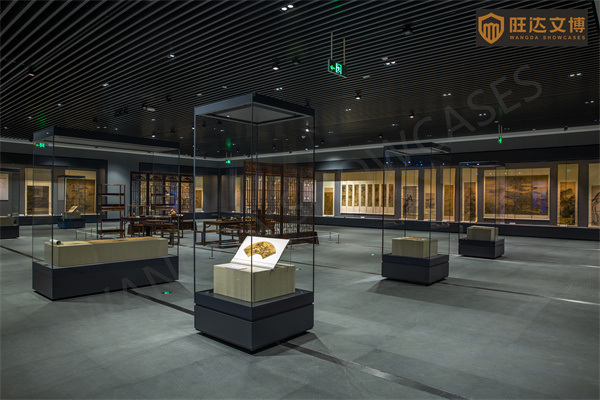
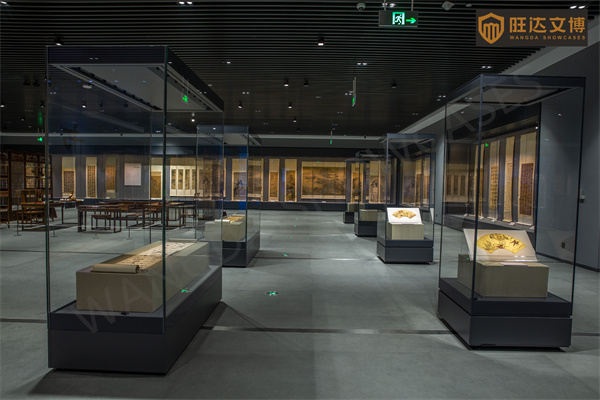
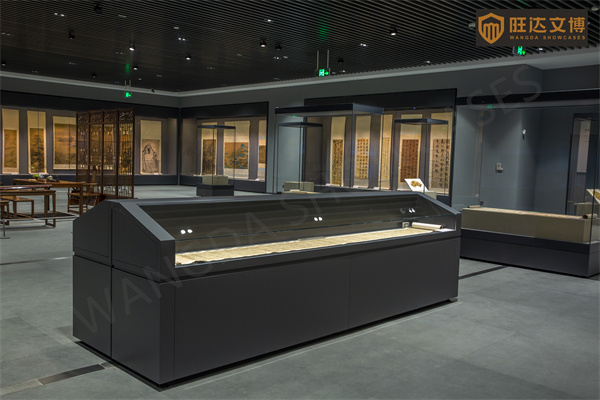
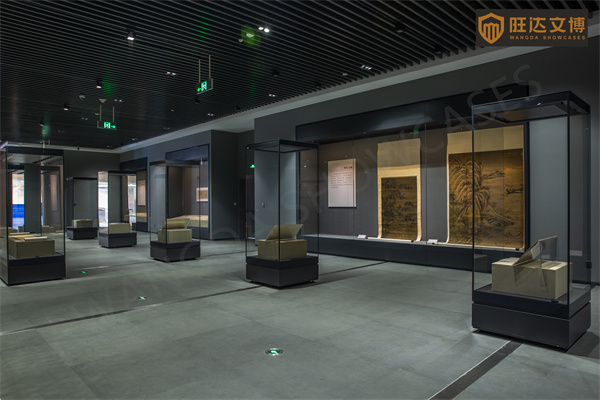
With all the museum grade display cases customized by WANGDA SHOWCASES, Museum of National Bank of Vietnam(Ngân hàng Nhà nước Việt Nam) Opens the exhibition to the public in Vietnam.
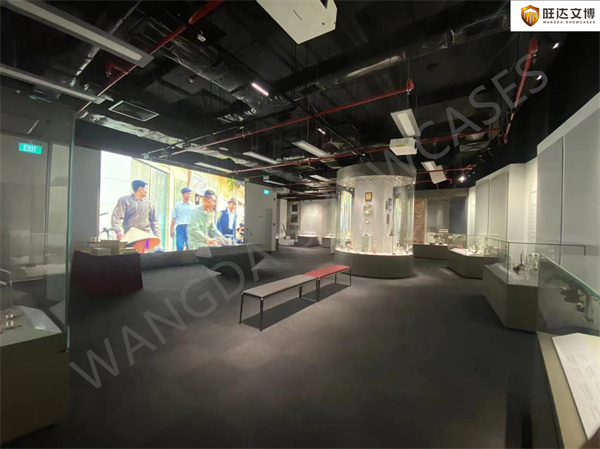

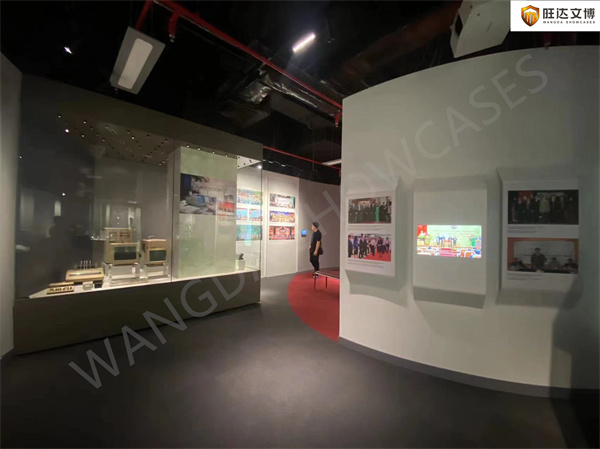
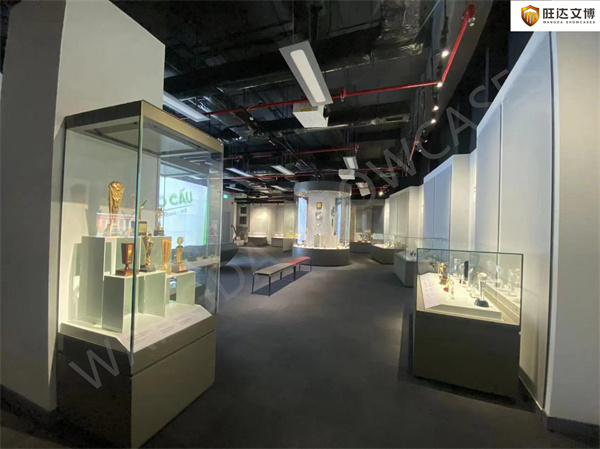
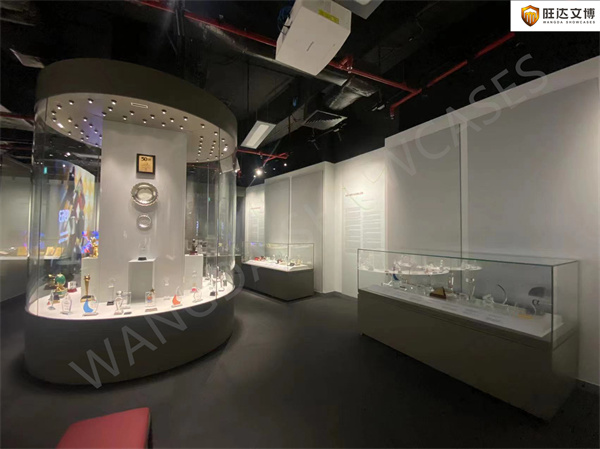
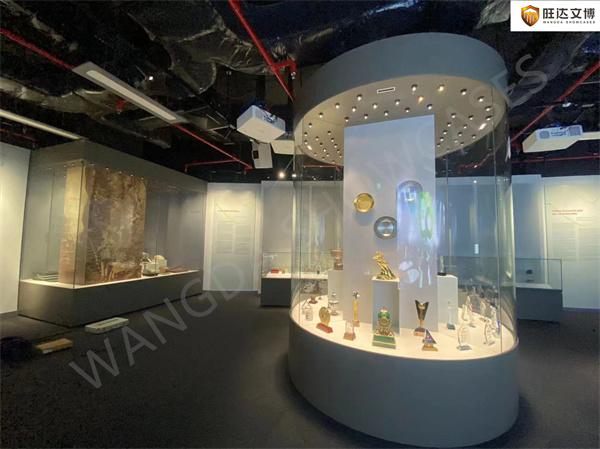
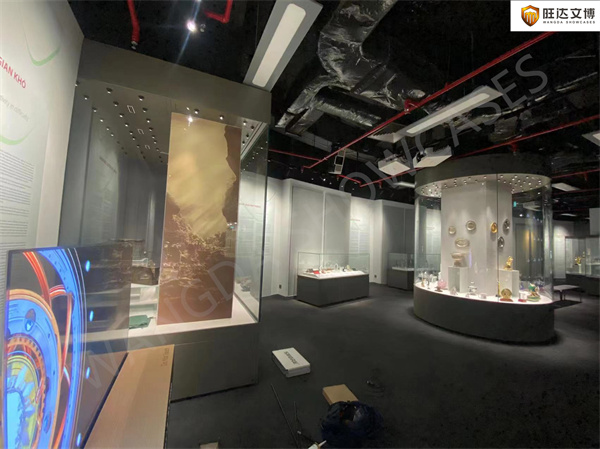
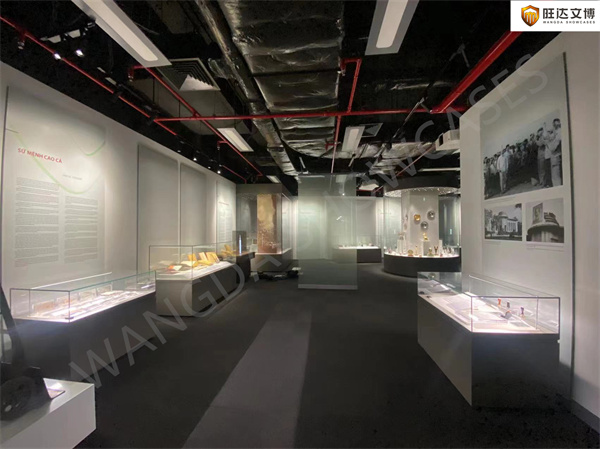
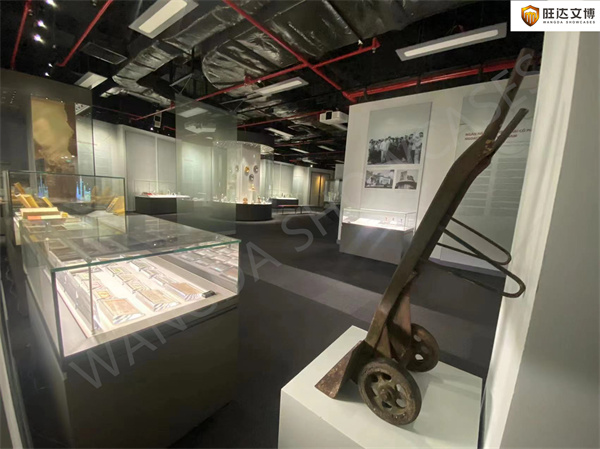
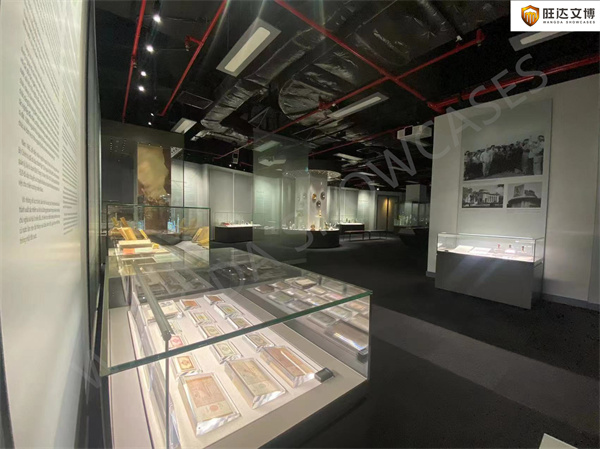
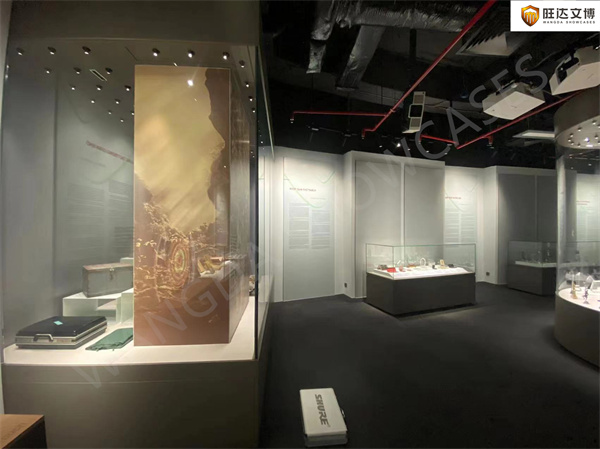
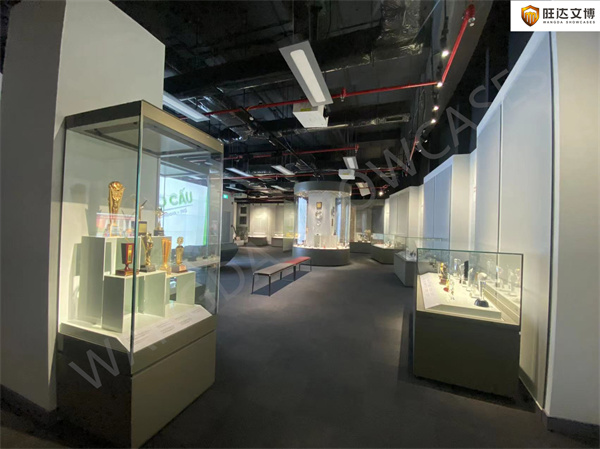
WANGDA SHOWCASES is now carrying out on-site installation for customized museum display cases for QingZhou Museum in Shan Dong Province of China.
WANGDA SHOWCASES is awarded with the museum showcase contract for Royal Geographic Society in the UK and will customize high standard museum showcases for such a UK’s learned society and professional body for geography, supporting geography and geographers across the world.
The Society was founded in 1830 under the name Geographical Society of London as an institution to promote the ‘advancement of geographical science’. It later absorbed the older African Association, which had been founded by Sir Joseph Banks in 1788, as well as the Raleigh Club and the Palestine Association. In 1995 it merged with the Institute of British Geographers, a body for academic geographers, to become officially the Royal Geographical Society with IBG.
The society is governed by its Council, which is chaired by the Society’s President, according to a set of statutes and standing orders. The members of Council and the President are elected from and by its Fellows, who are allowed to use the postnominal title FRGS. As a Chartered body, the RGS holds the register of Chartered Geographers in the public interest, a source of qualified, practising and experienced professional geographers. Fellows may apply for chartership if they fulfil the required criteria.
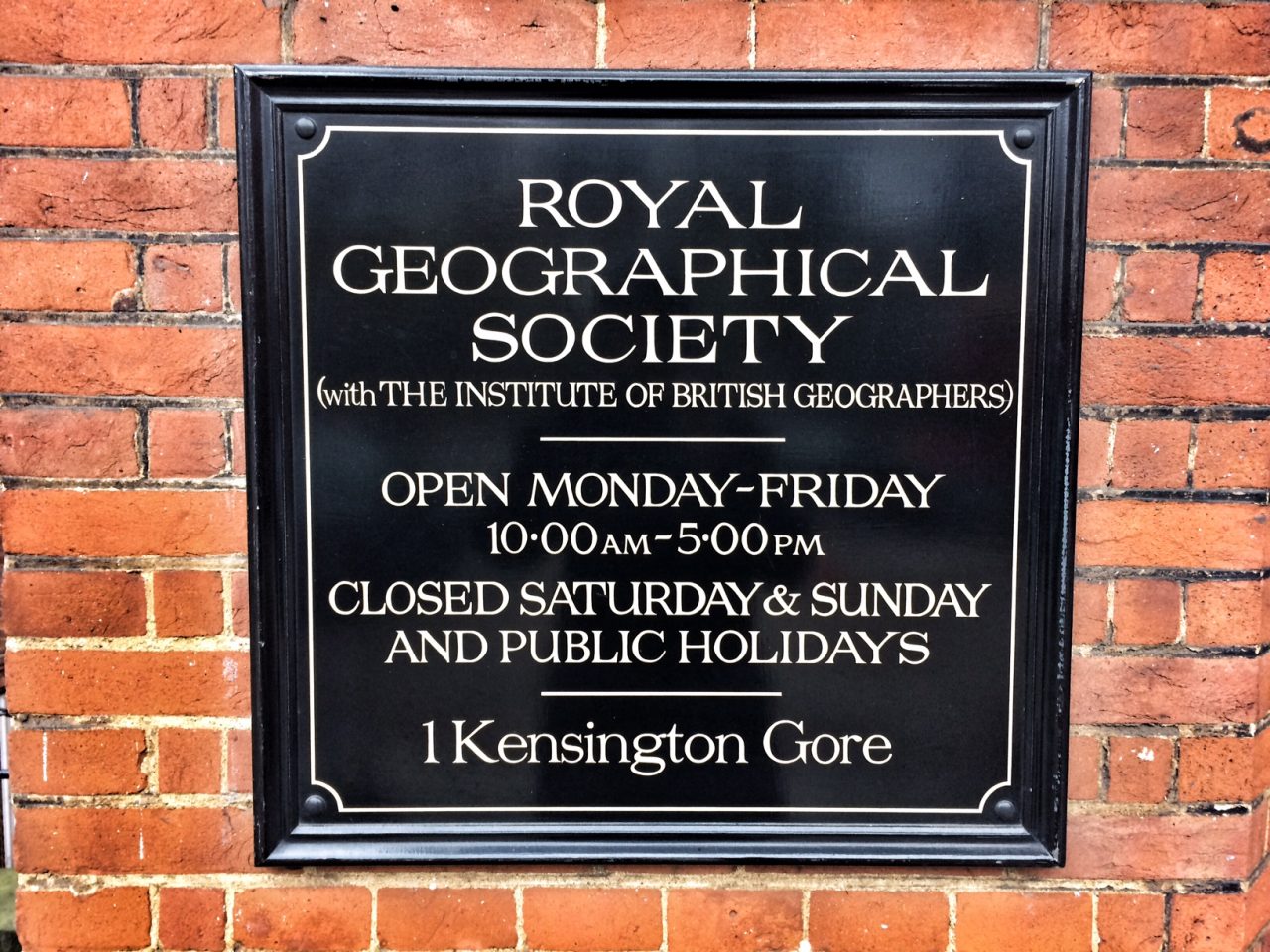
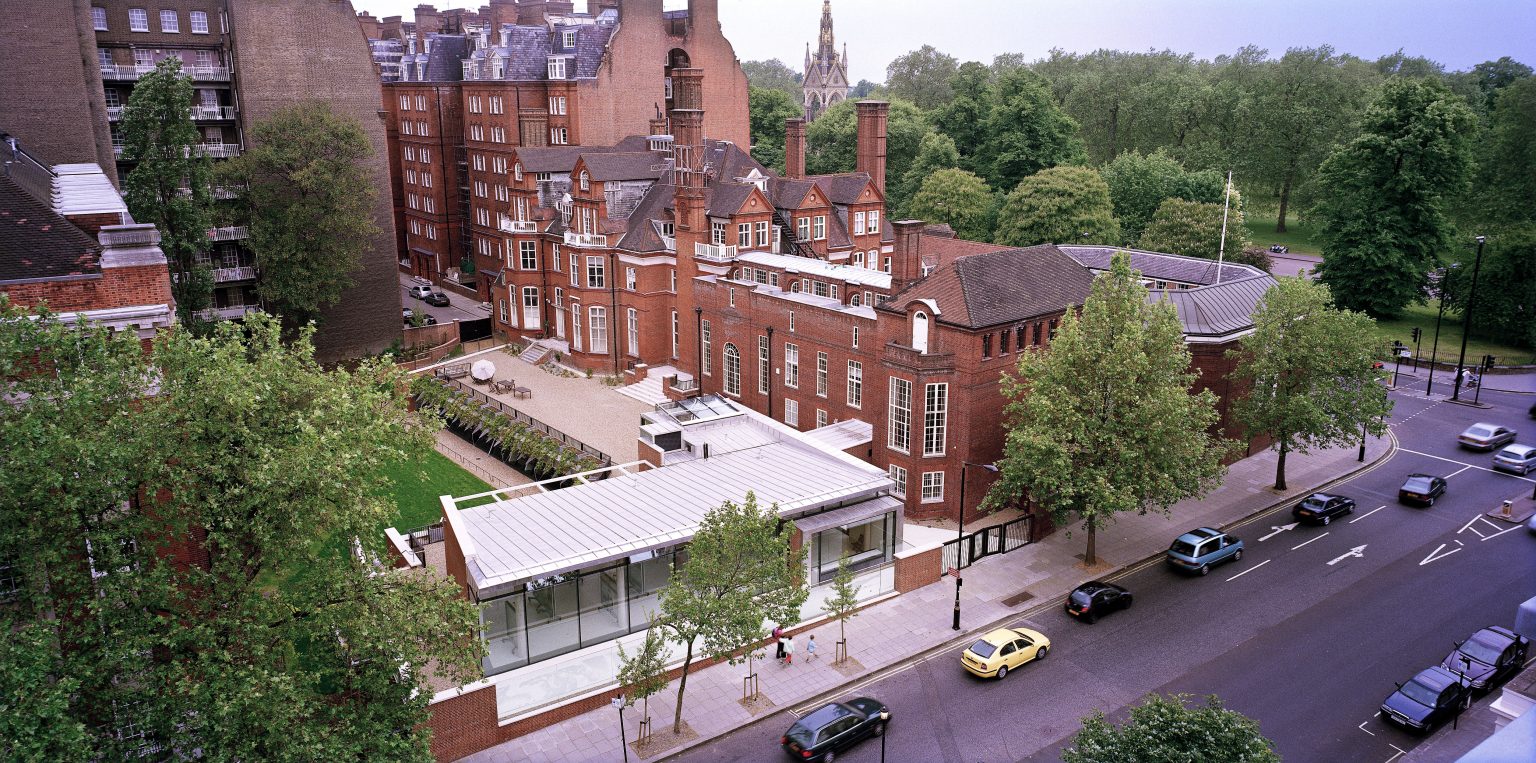
The professional installation teams from WANGDA SHOWCASES finished on-site installation of the customized museum display case for Museum of National Bank of Vietnam.
